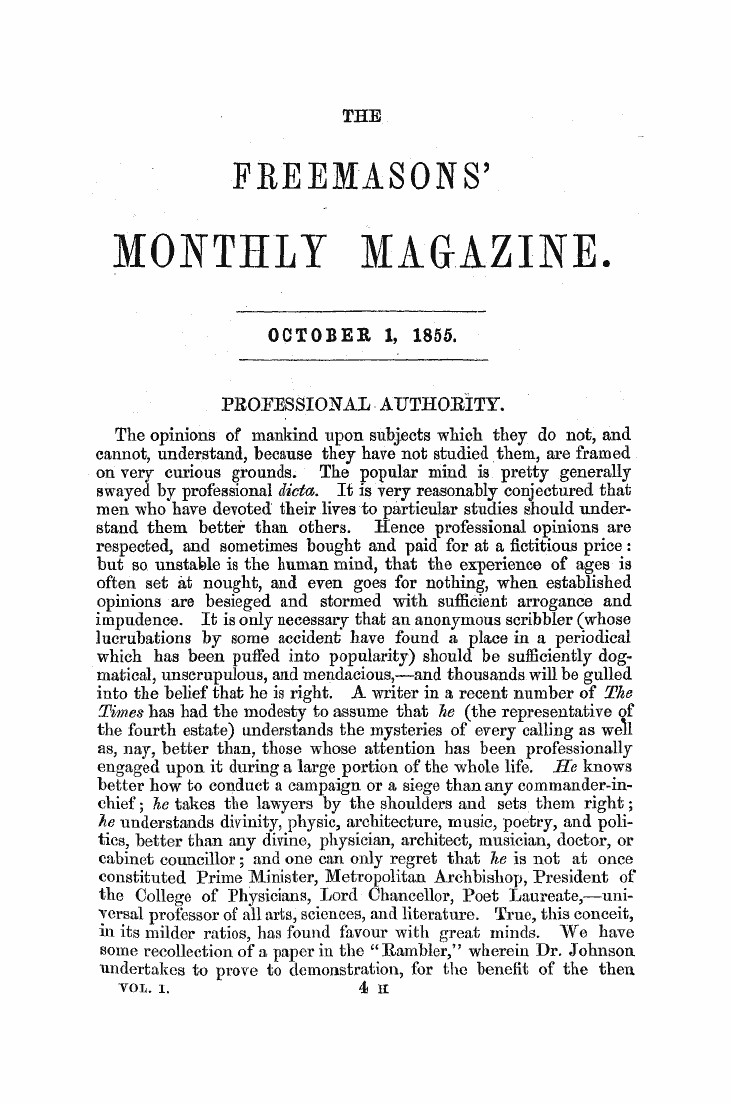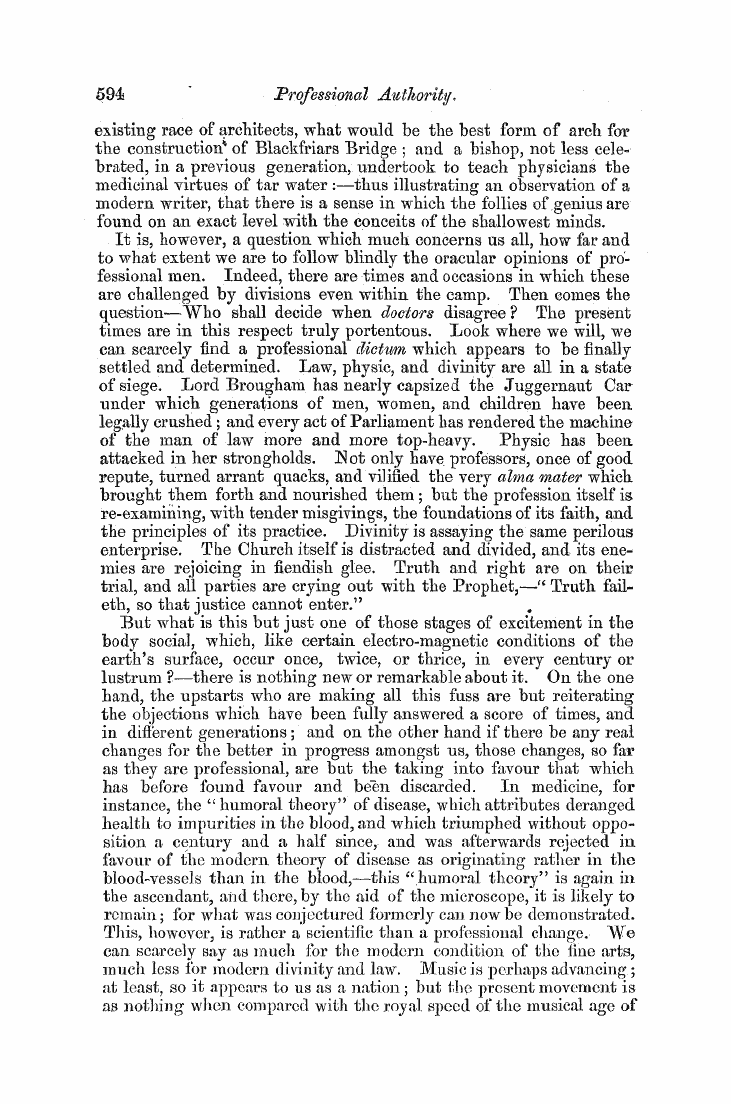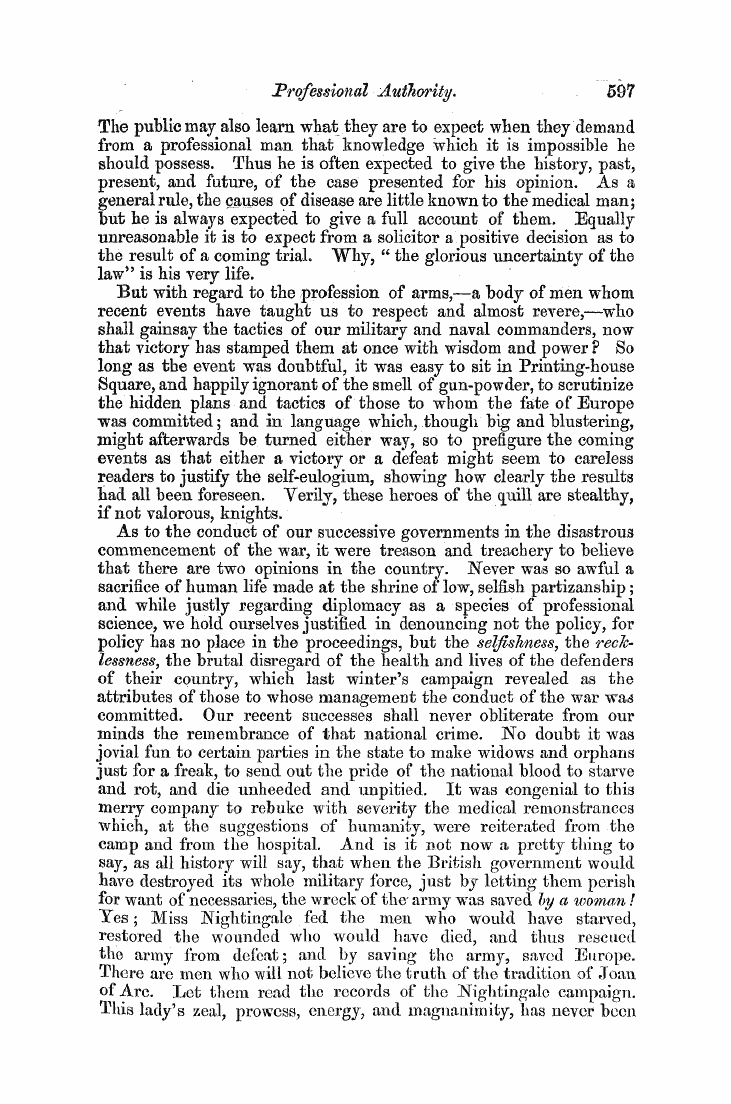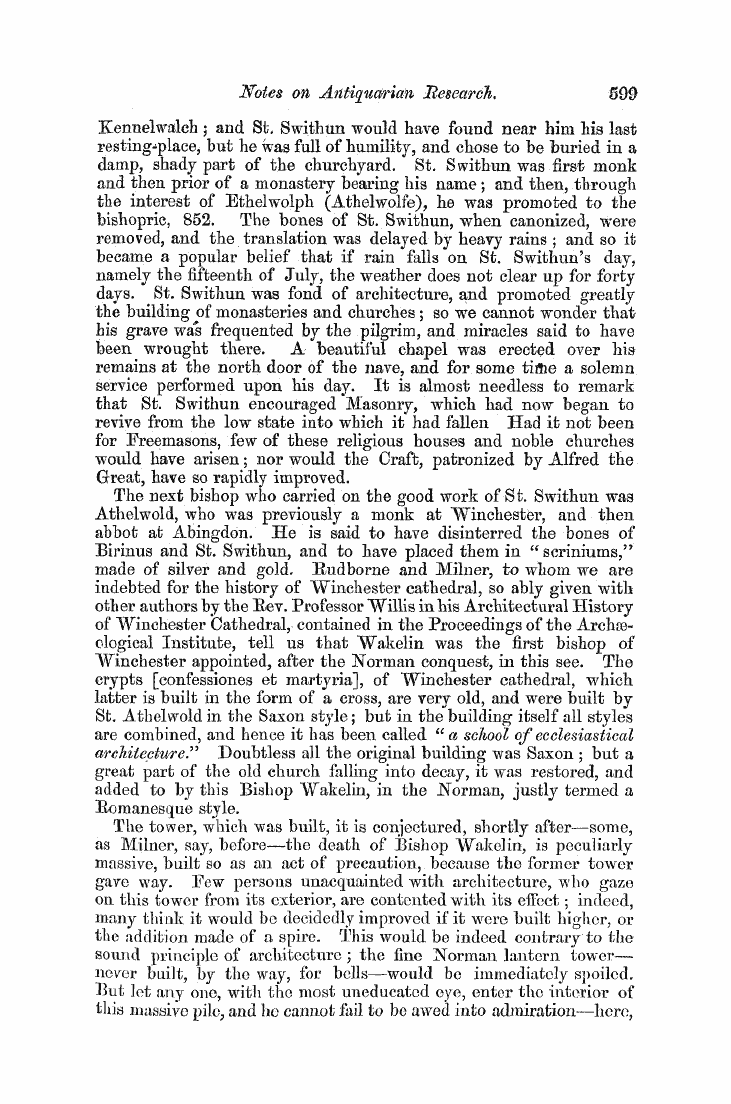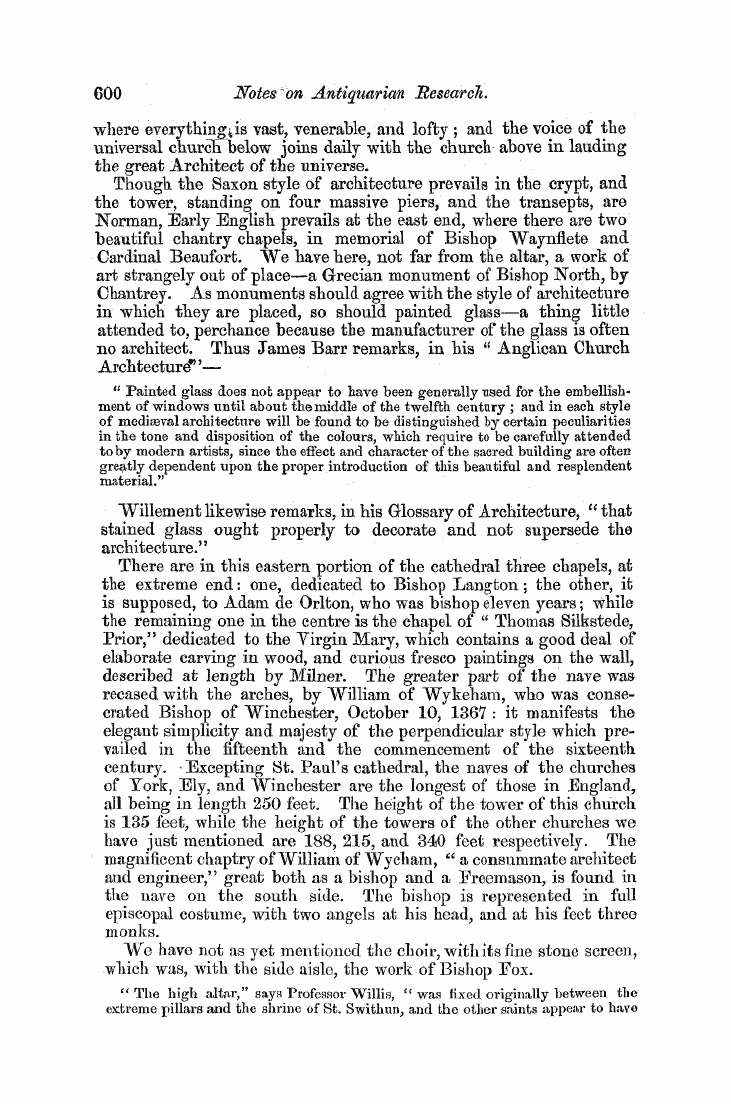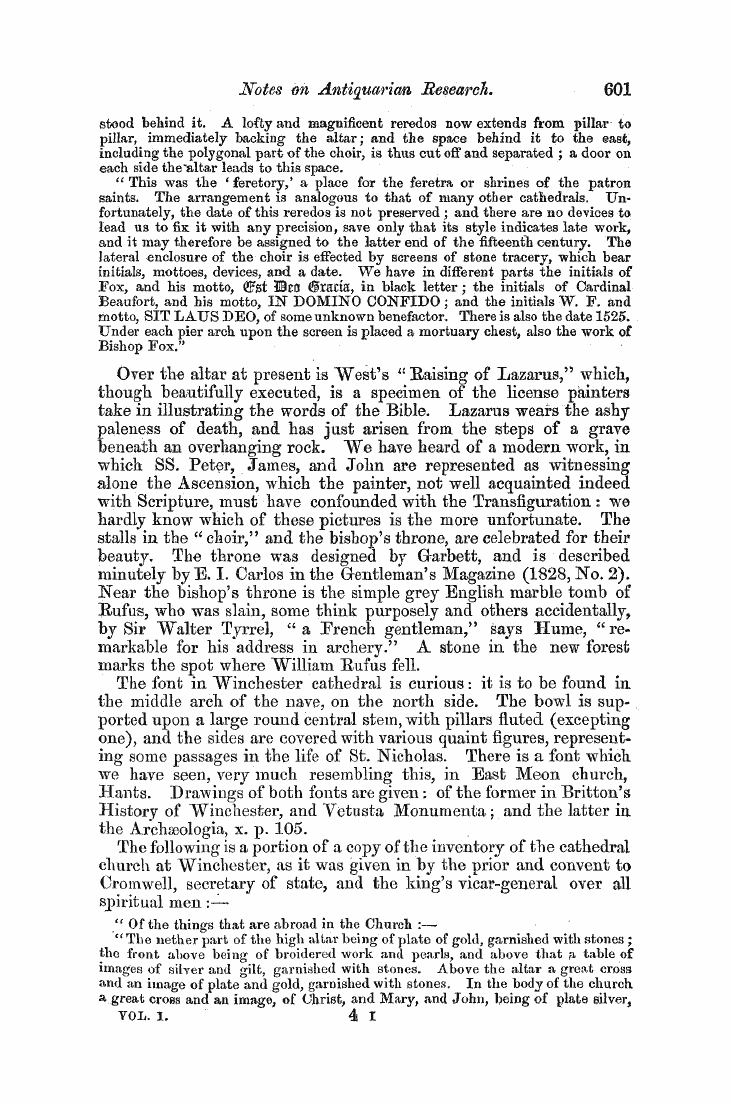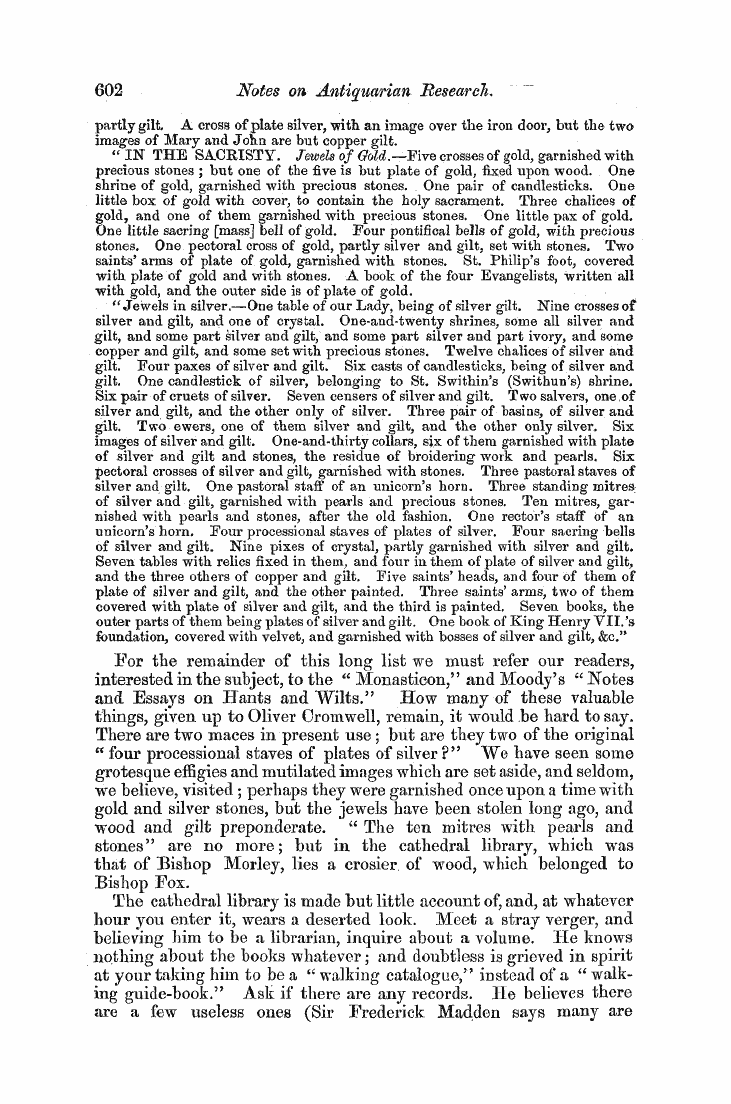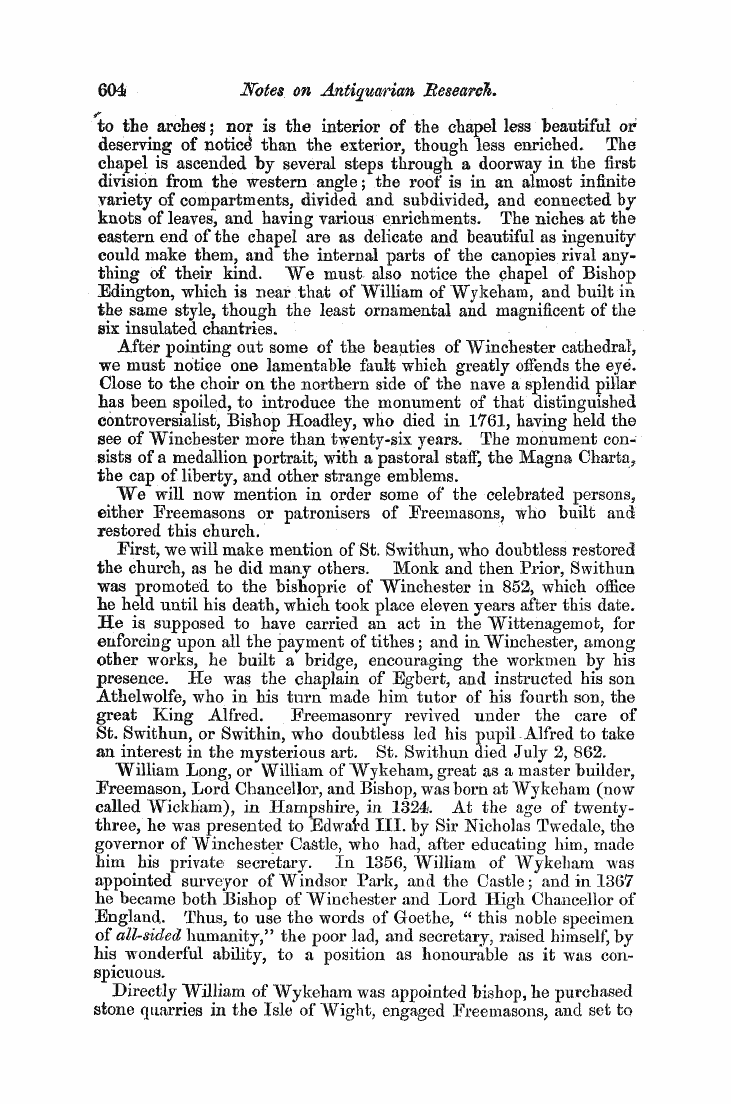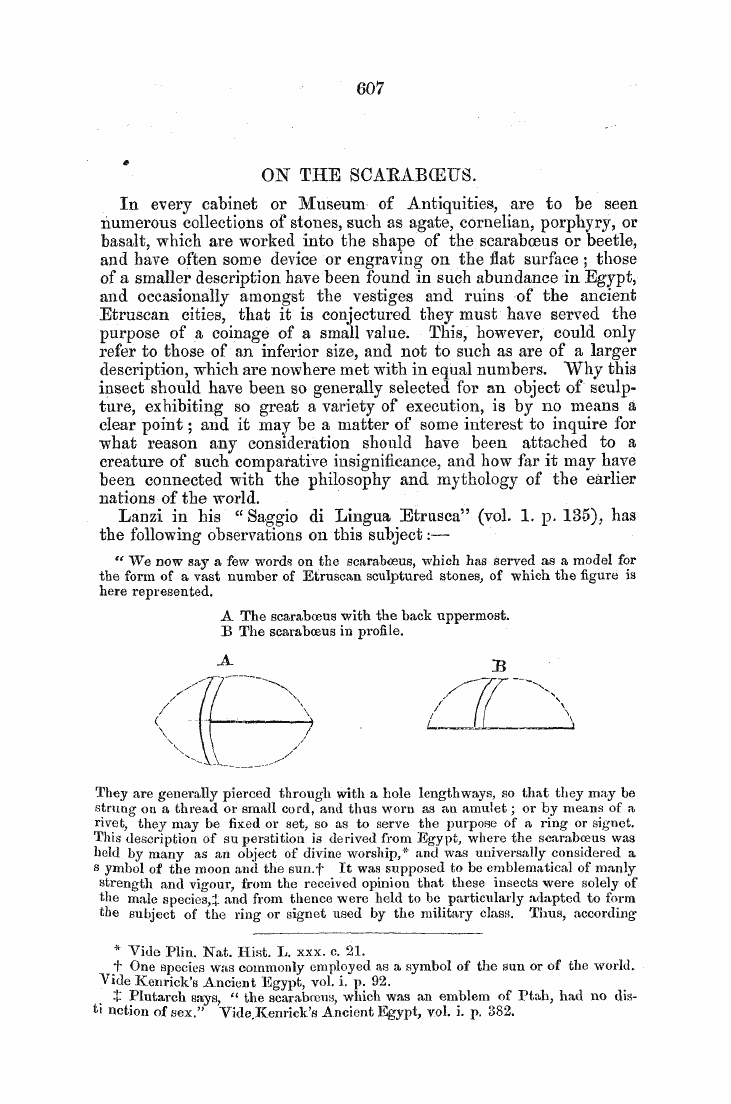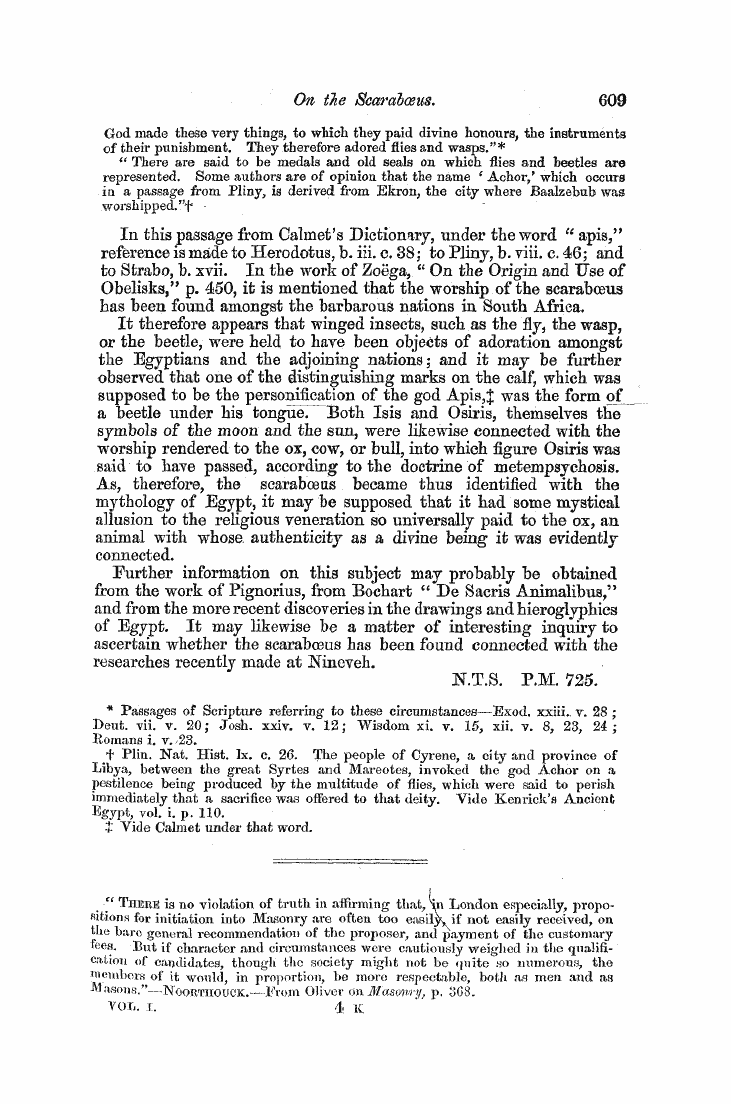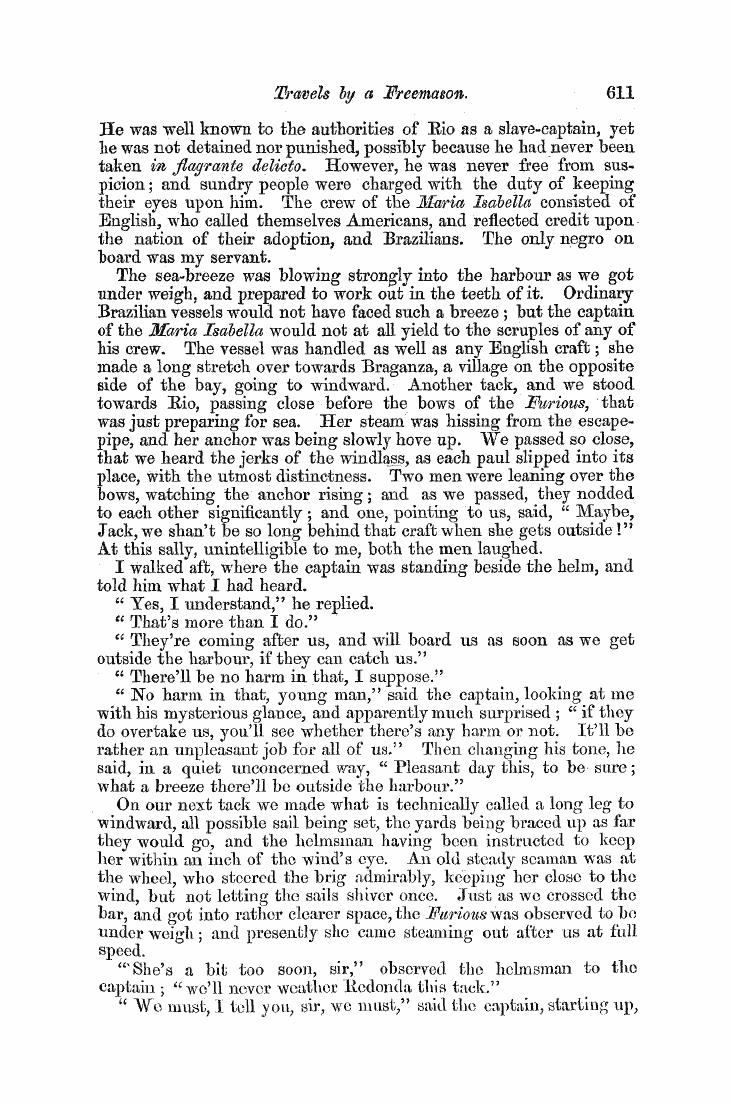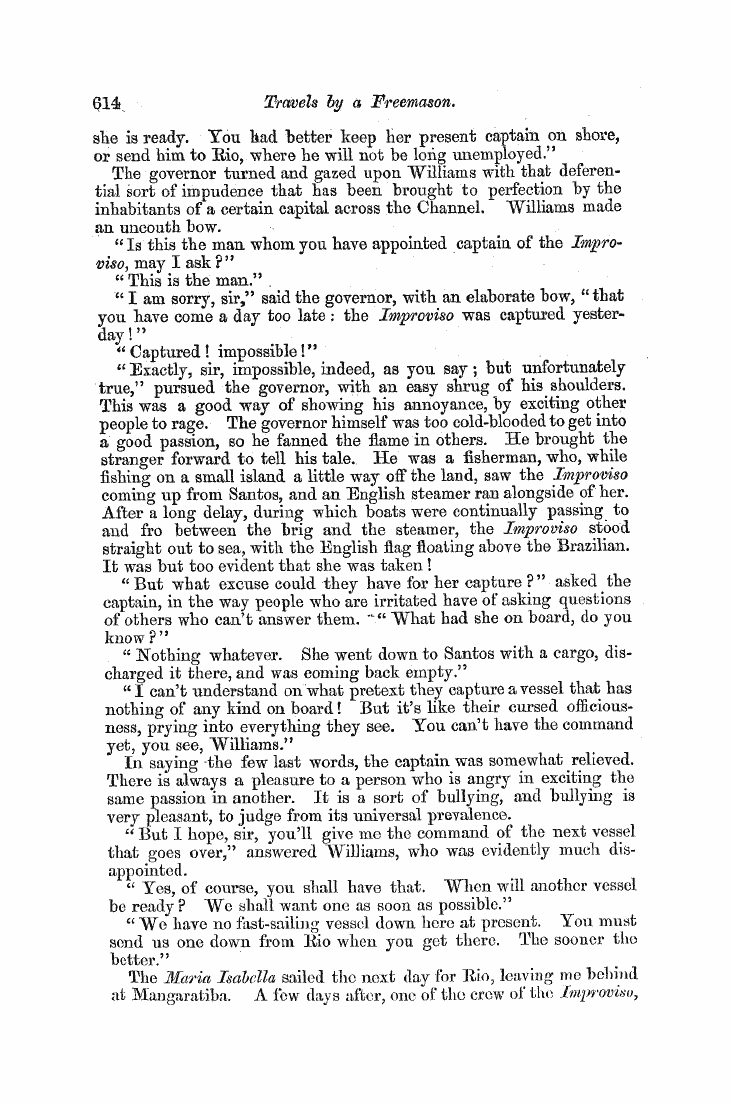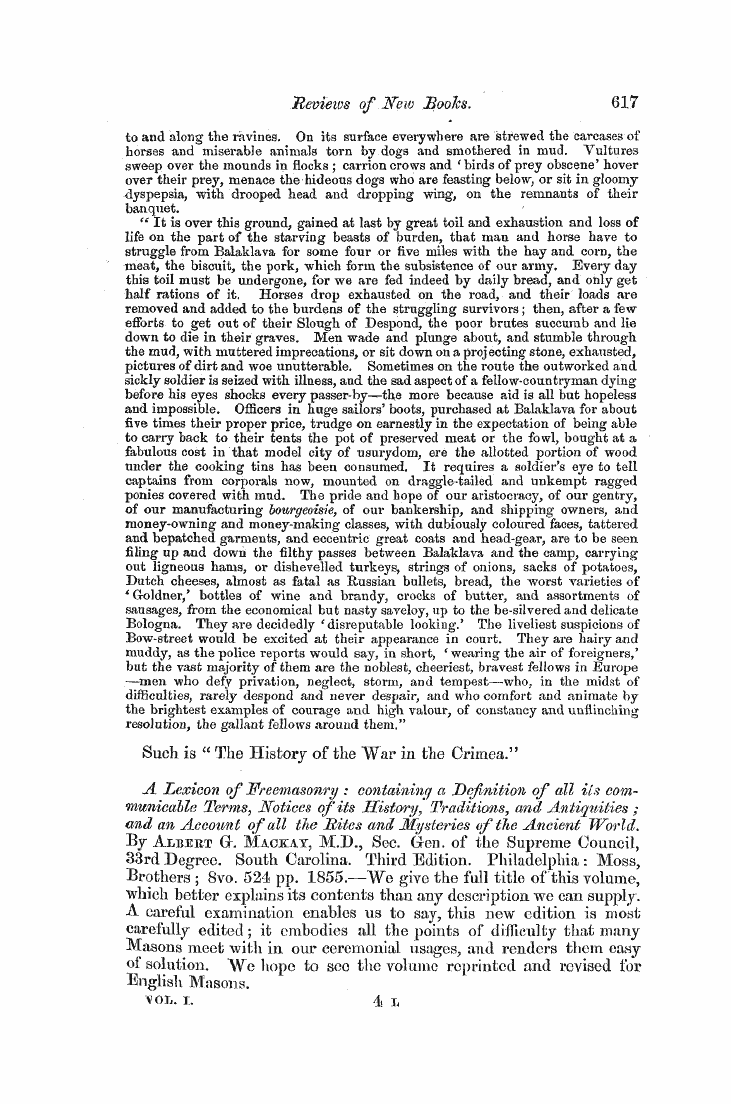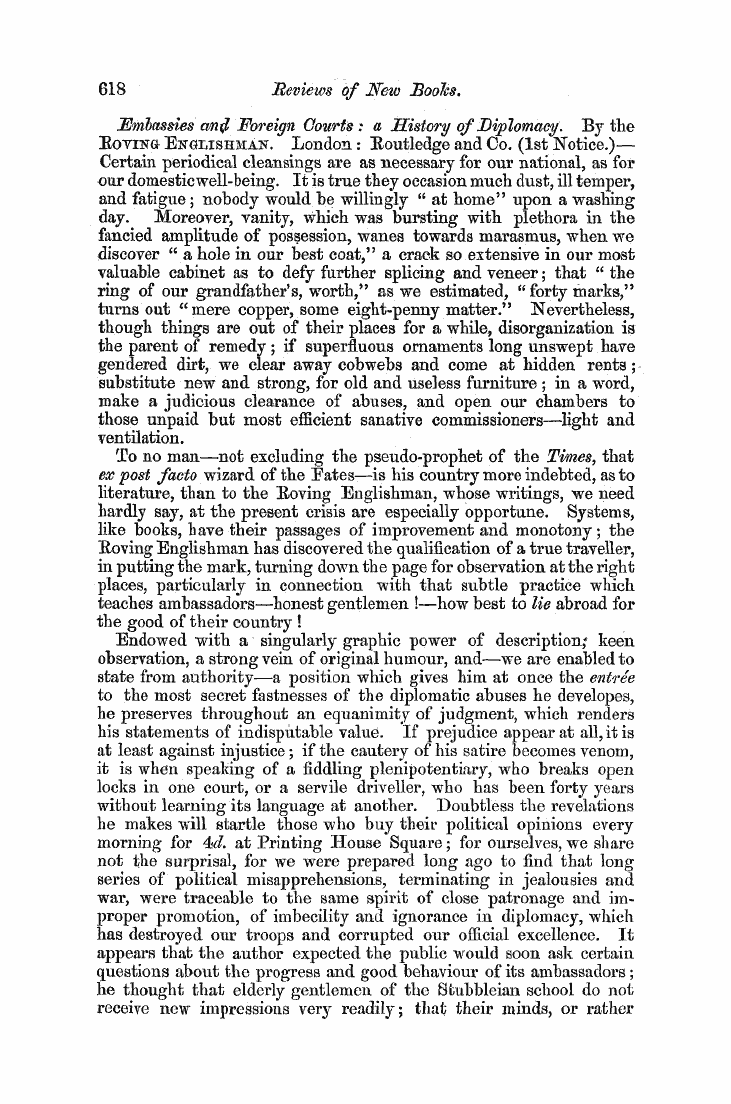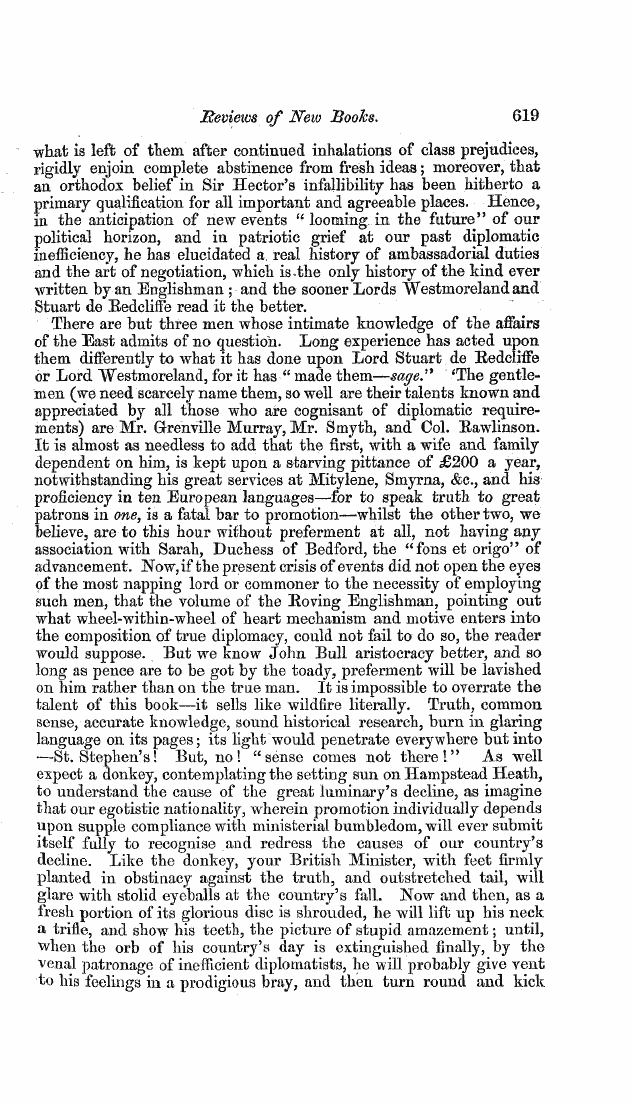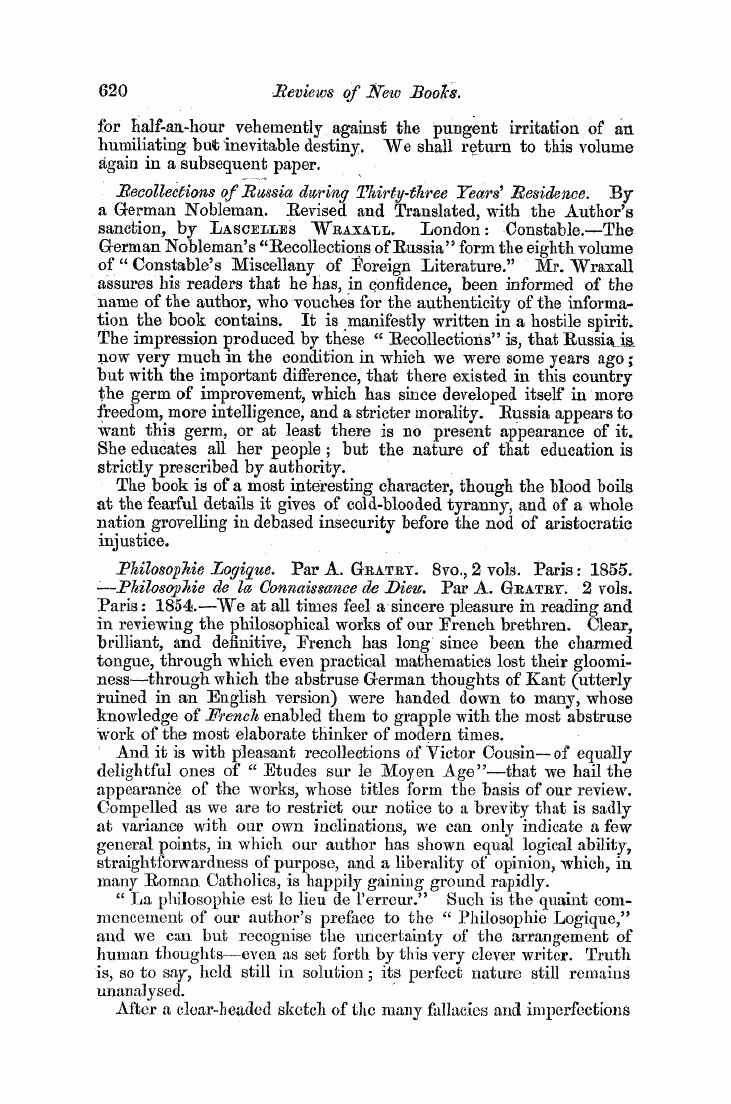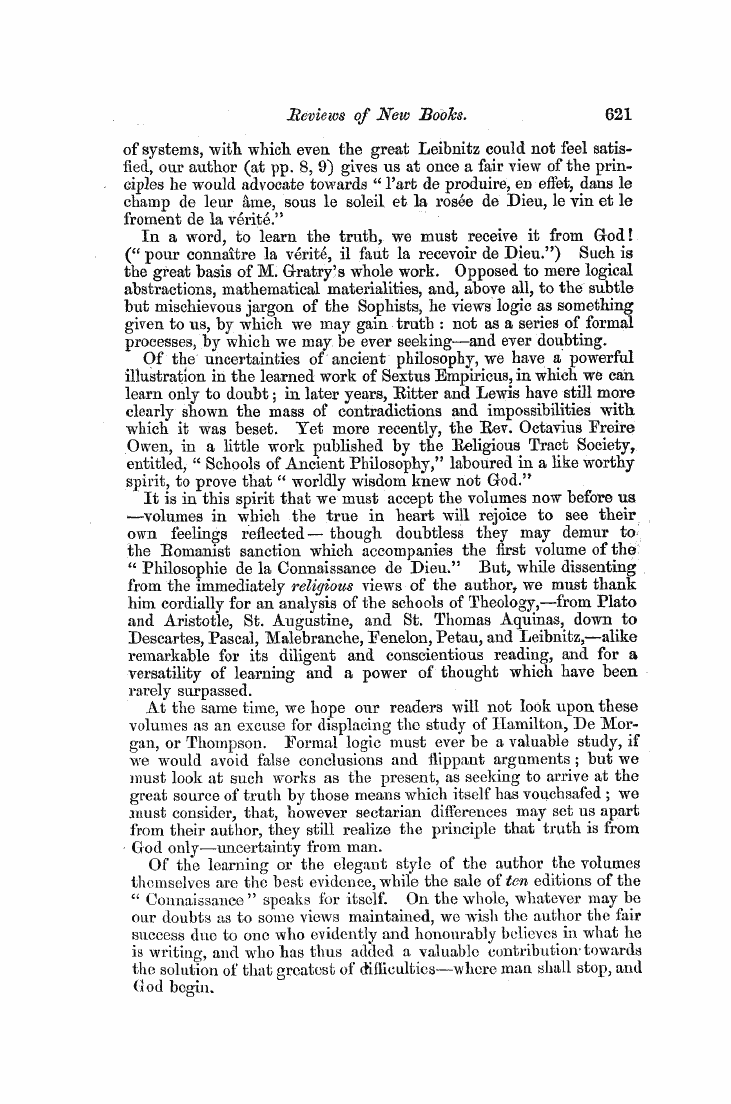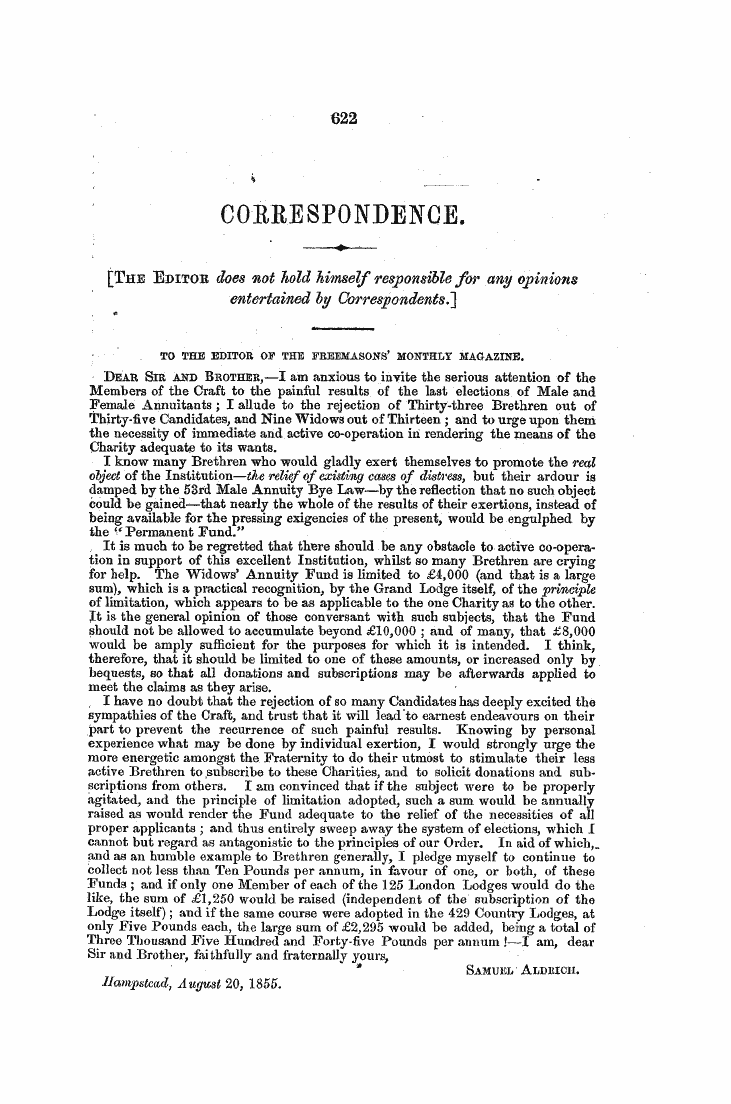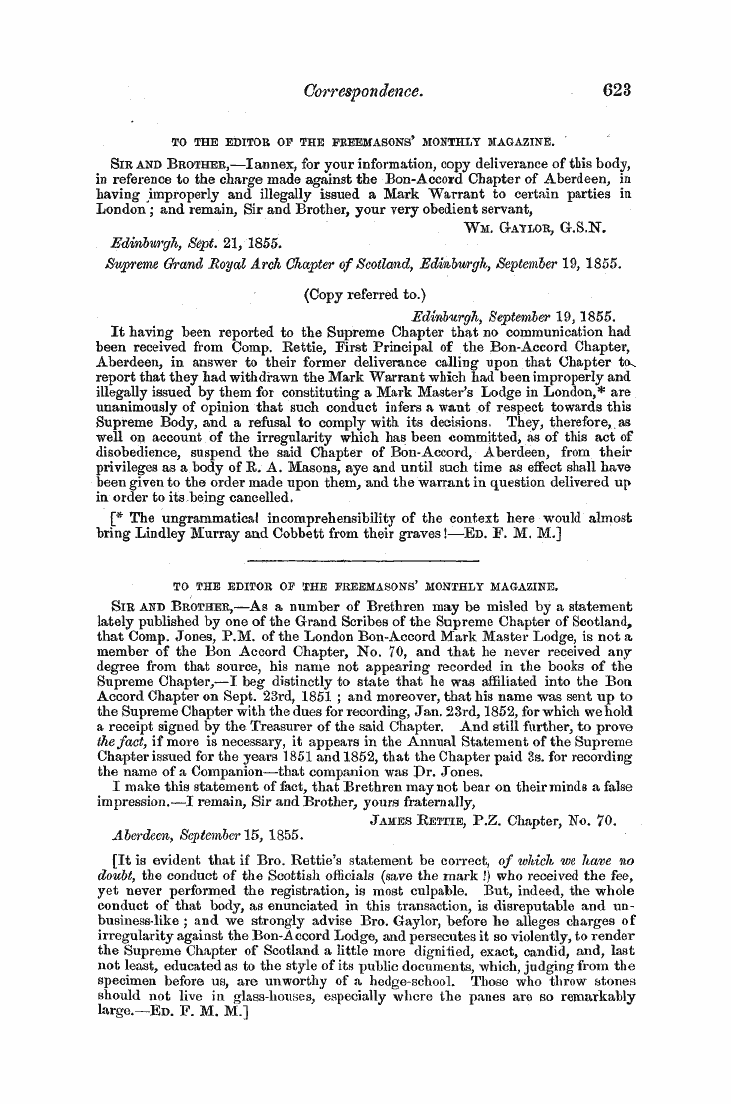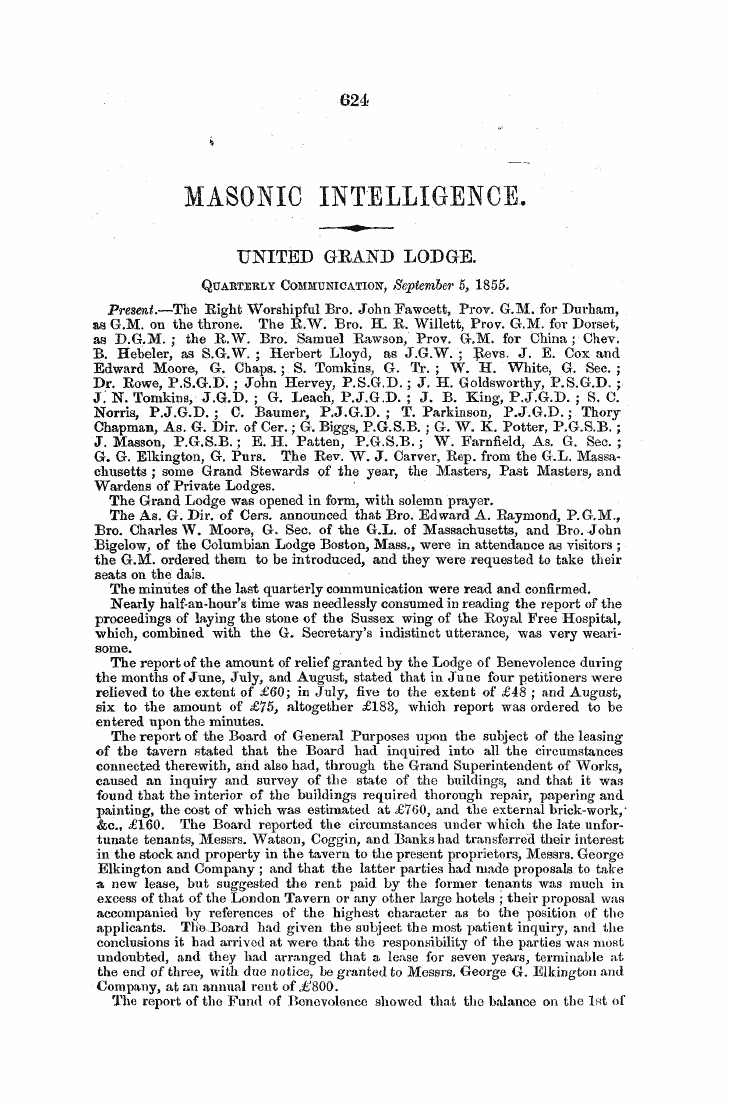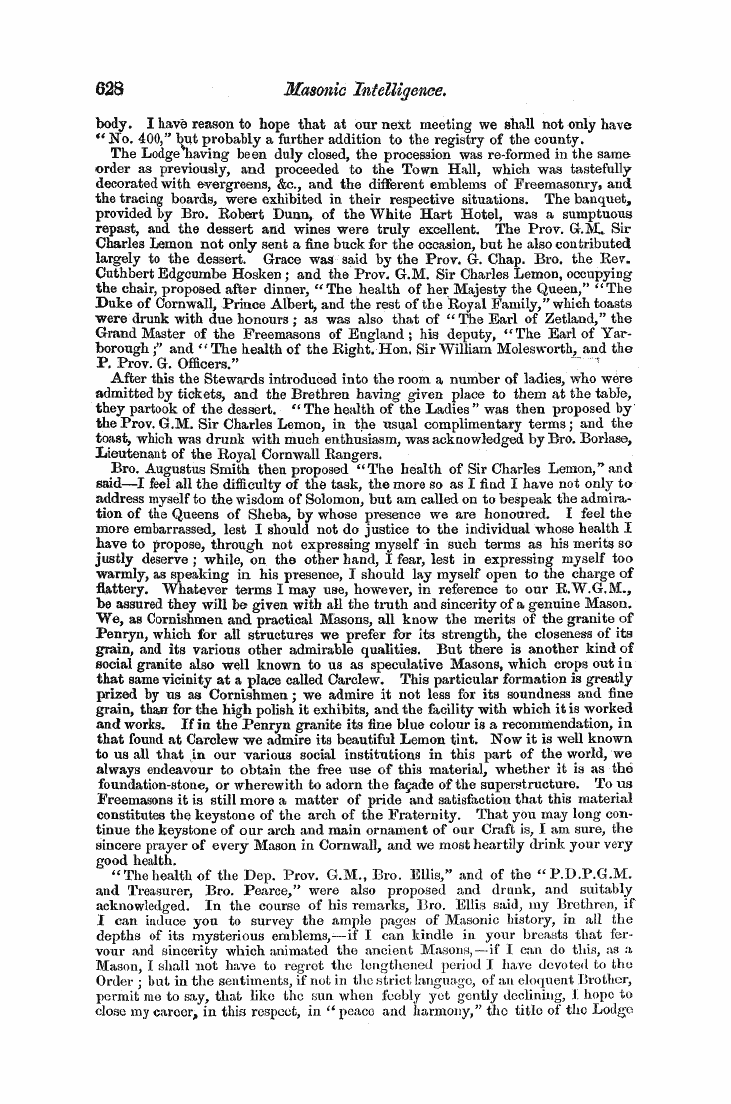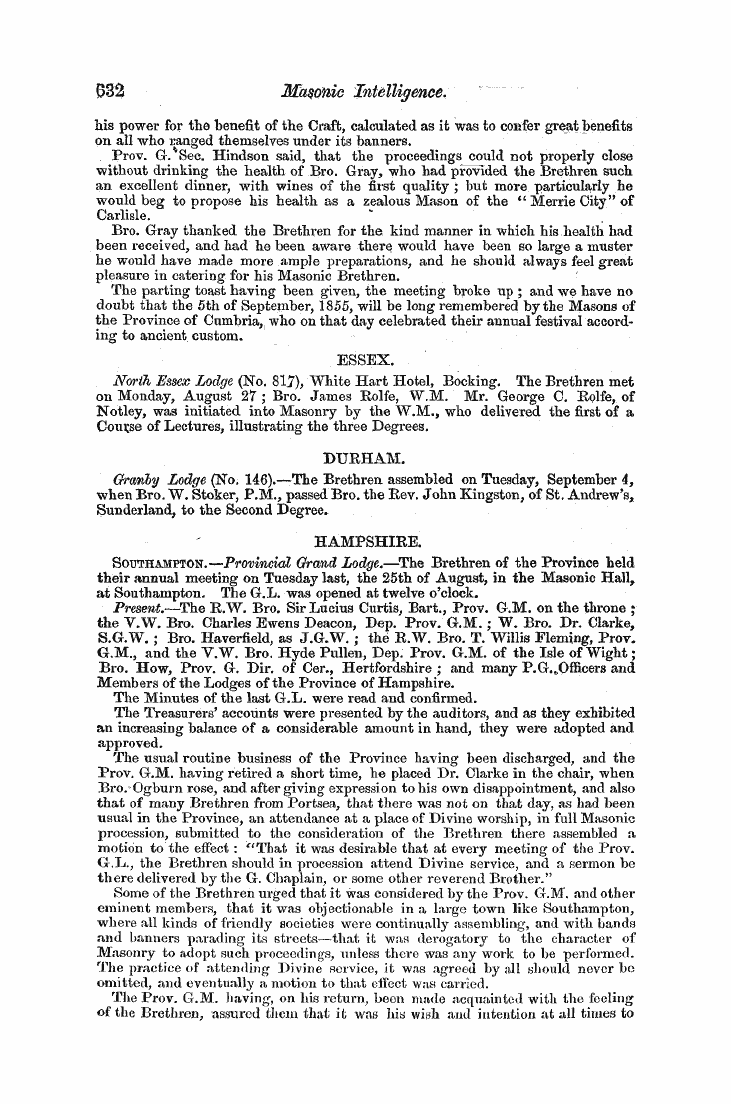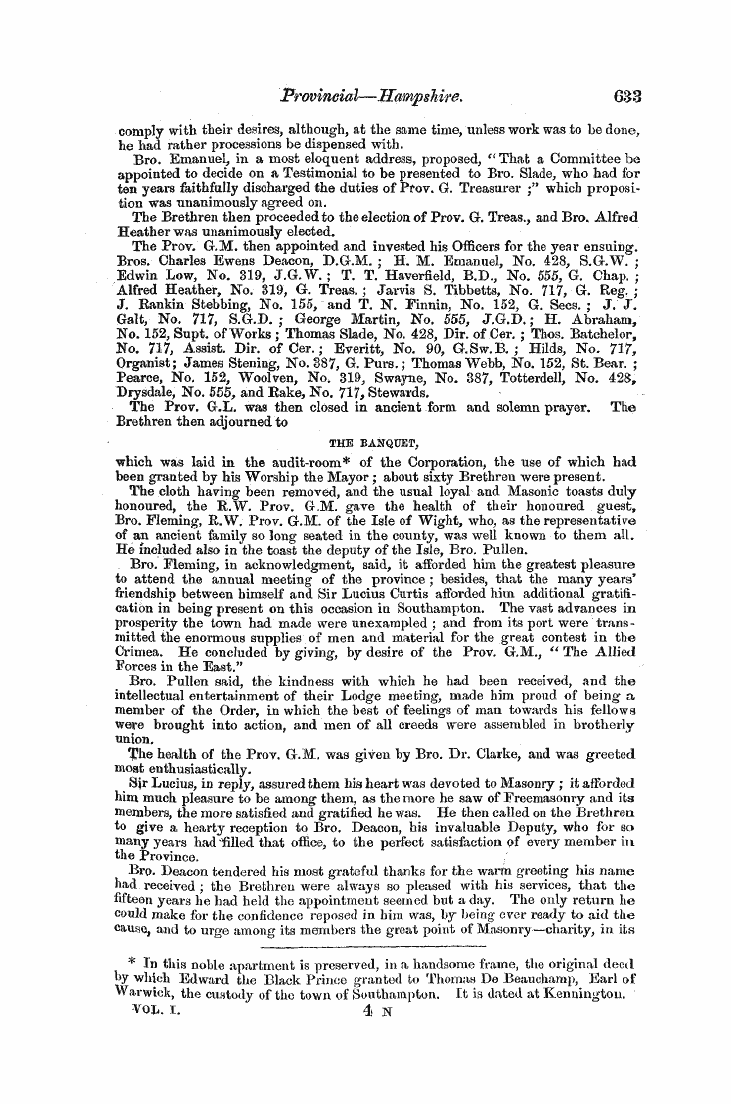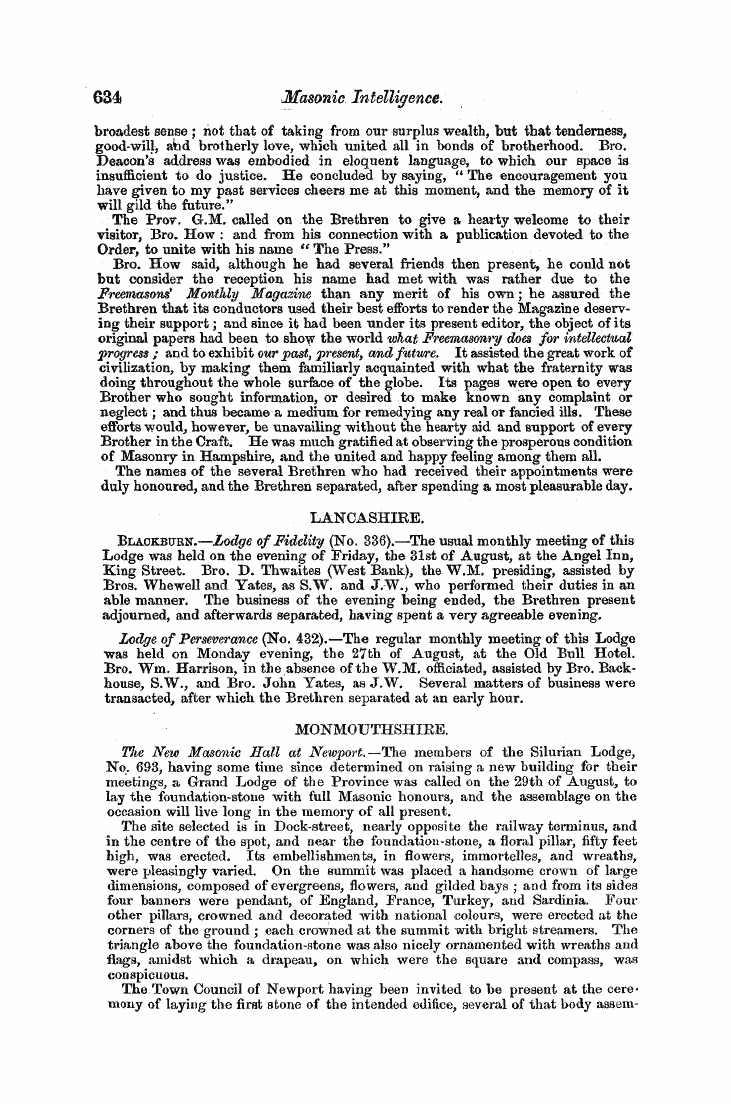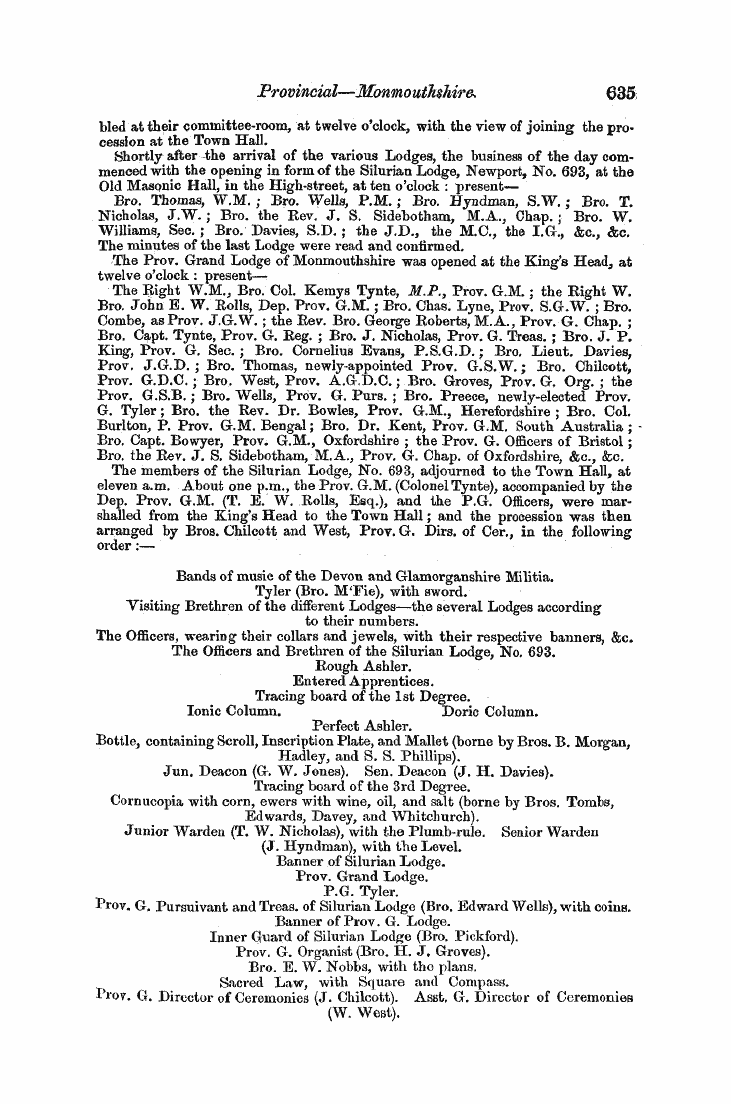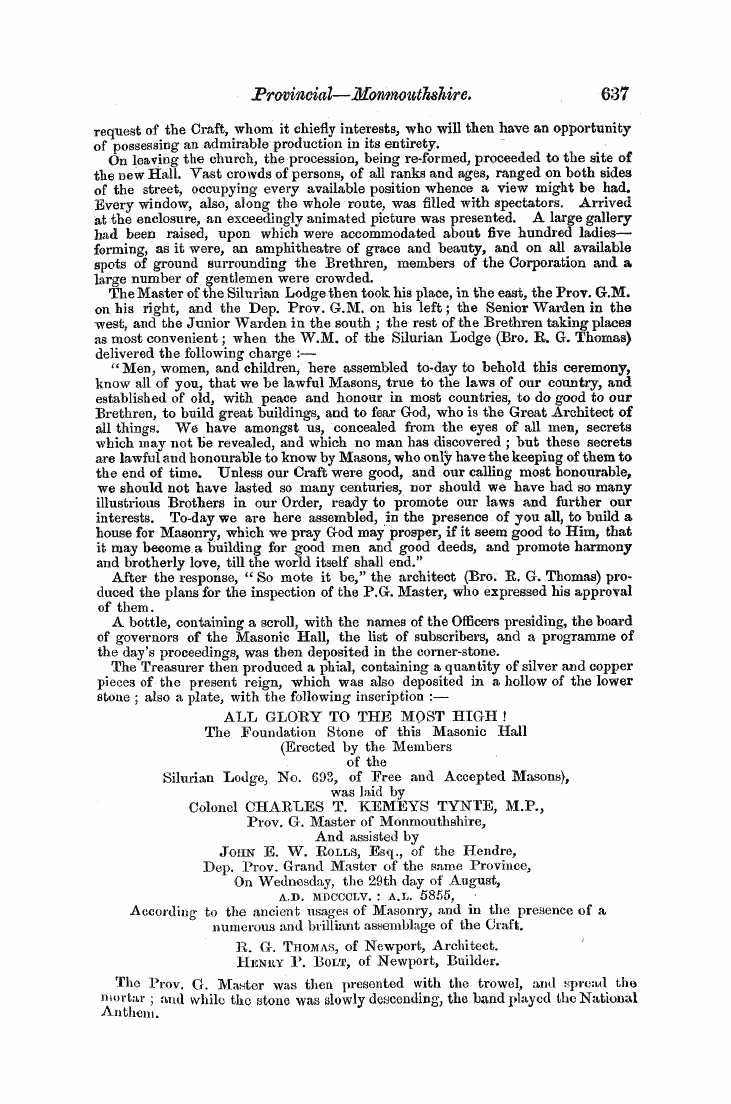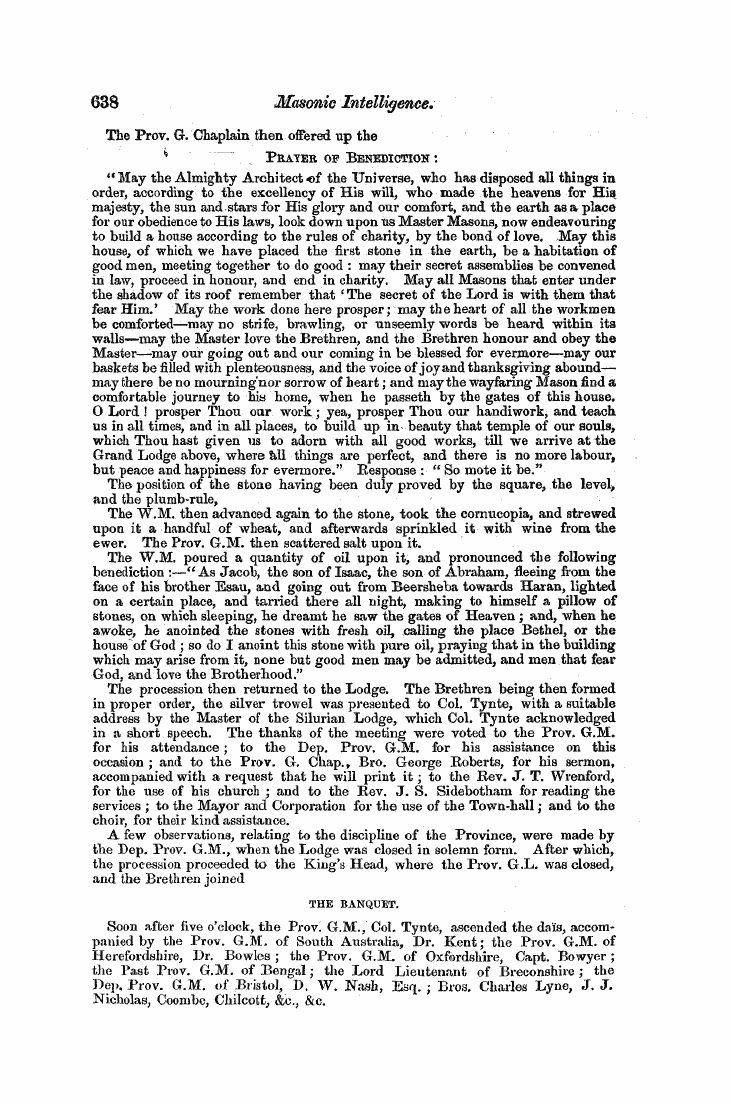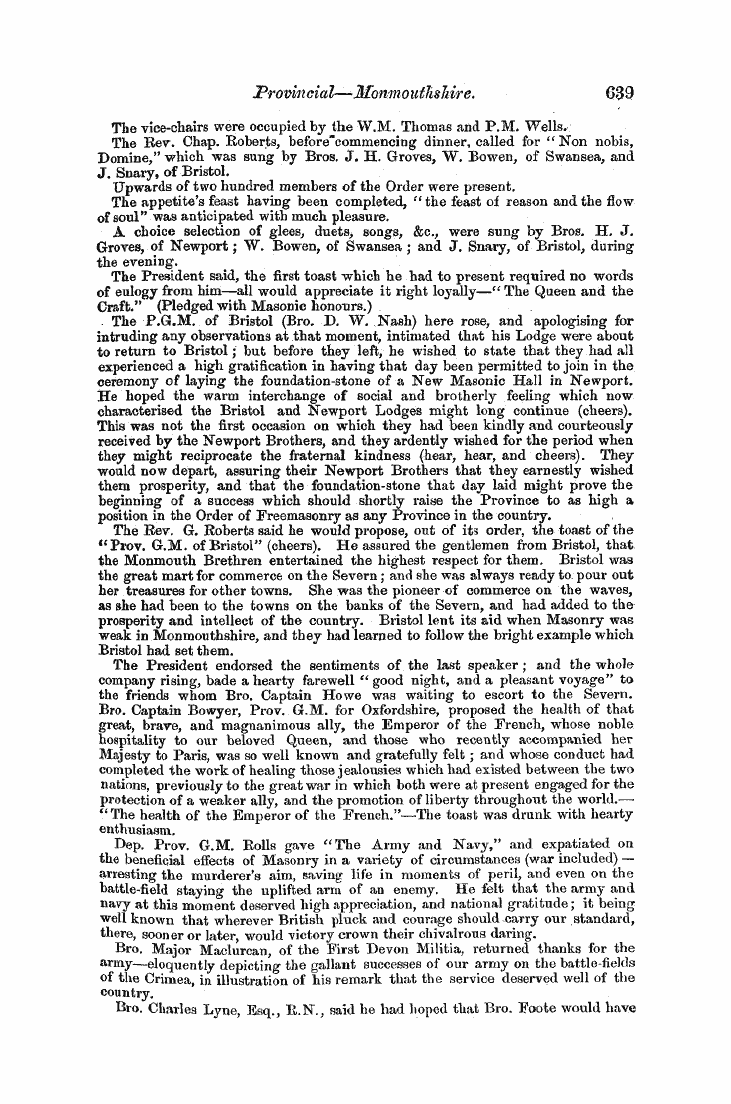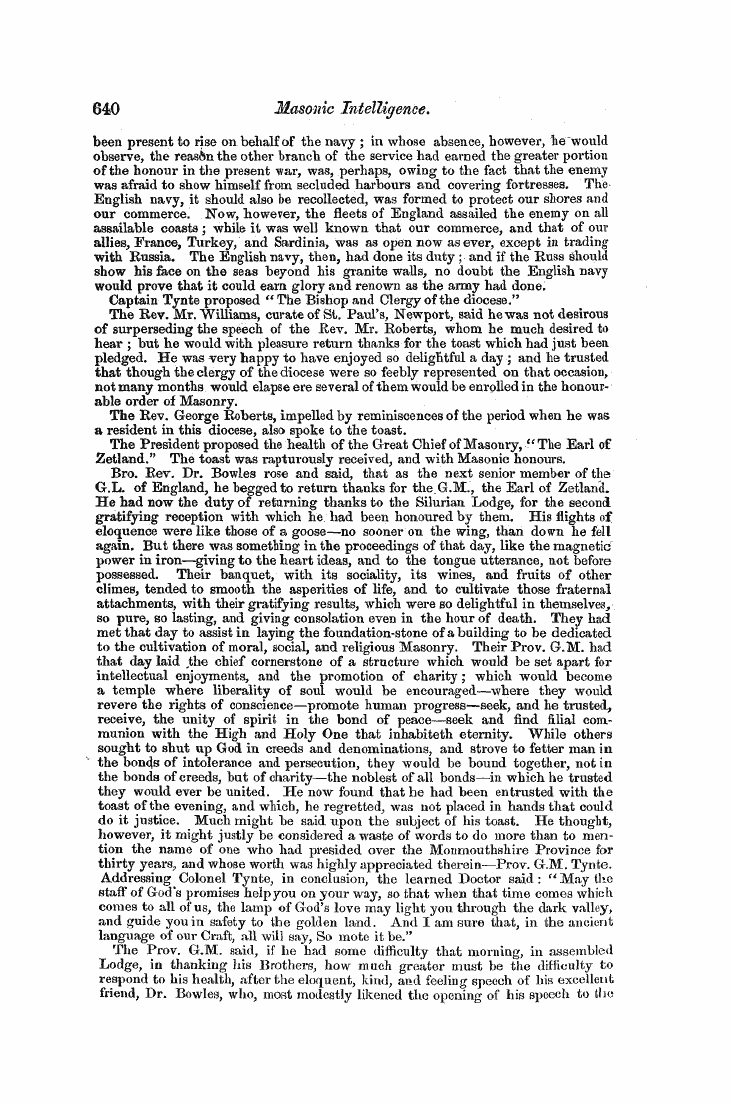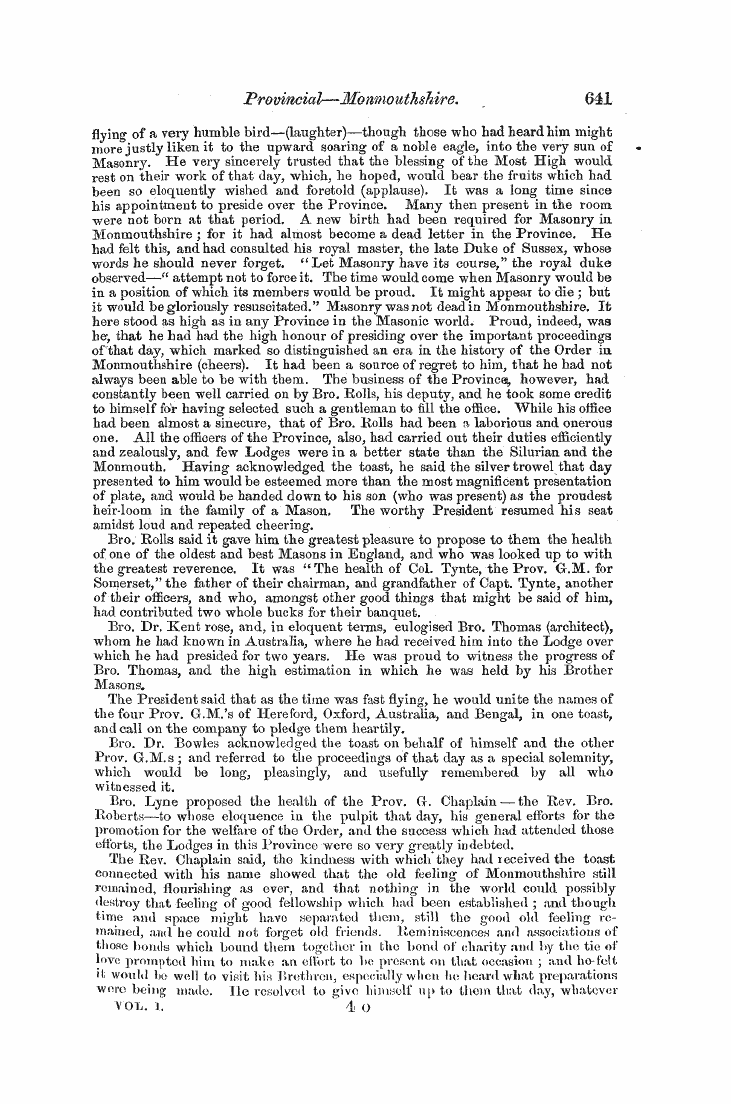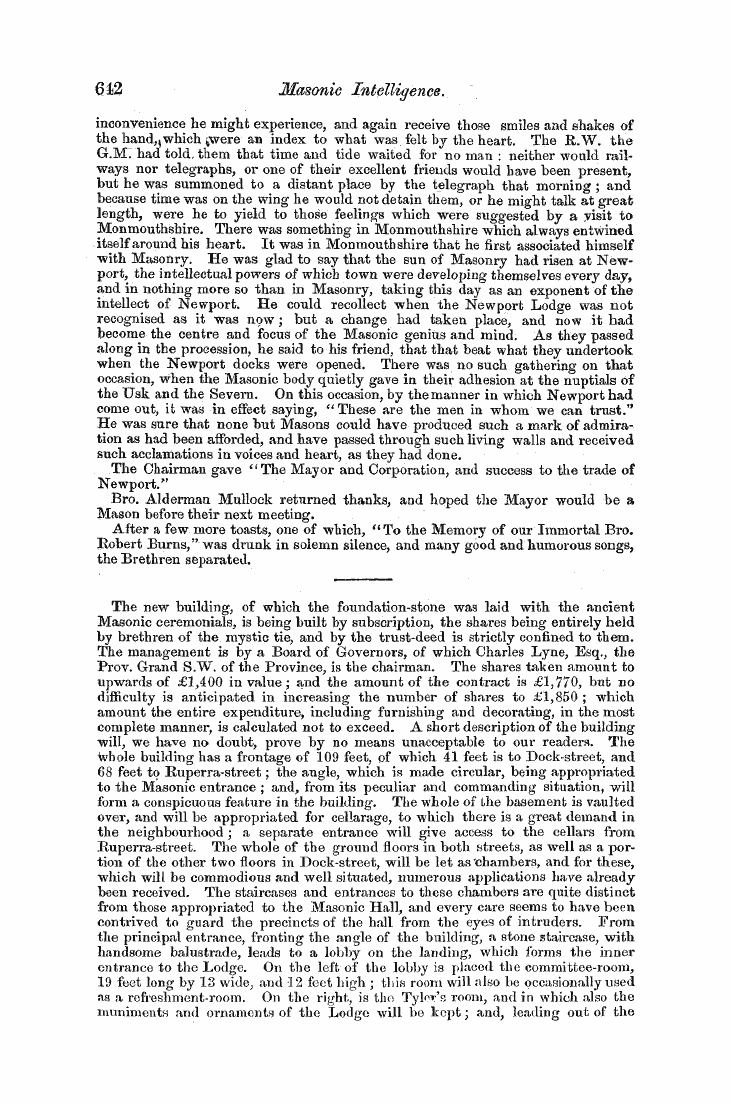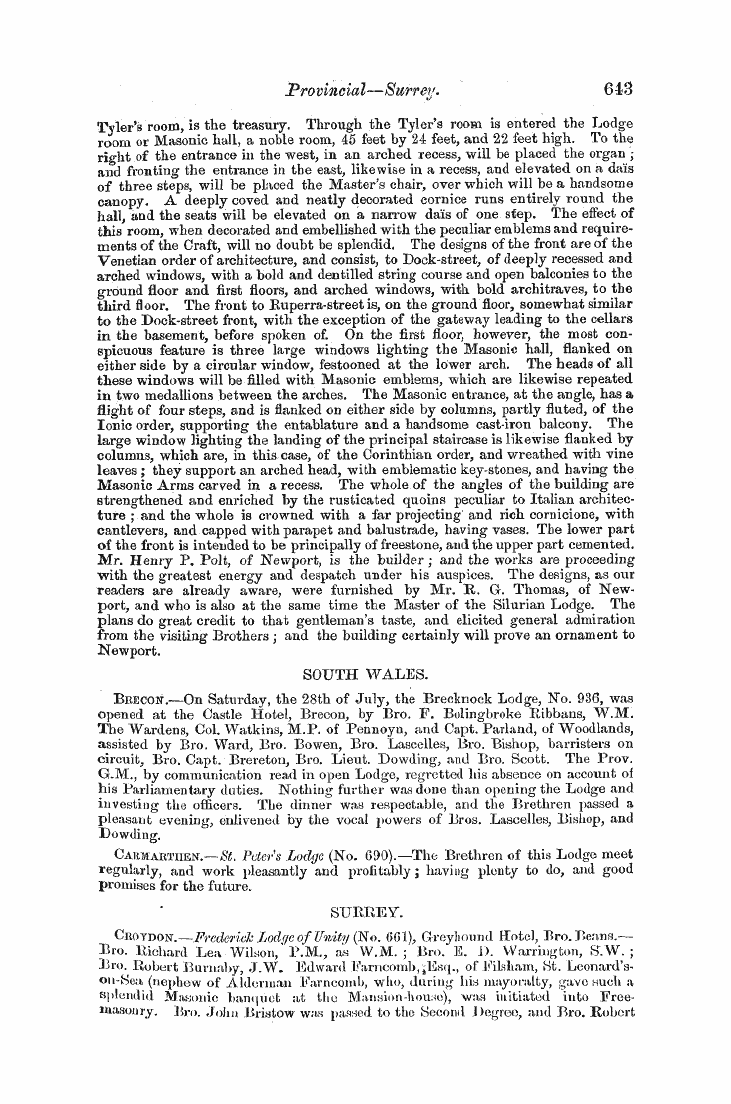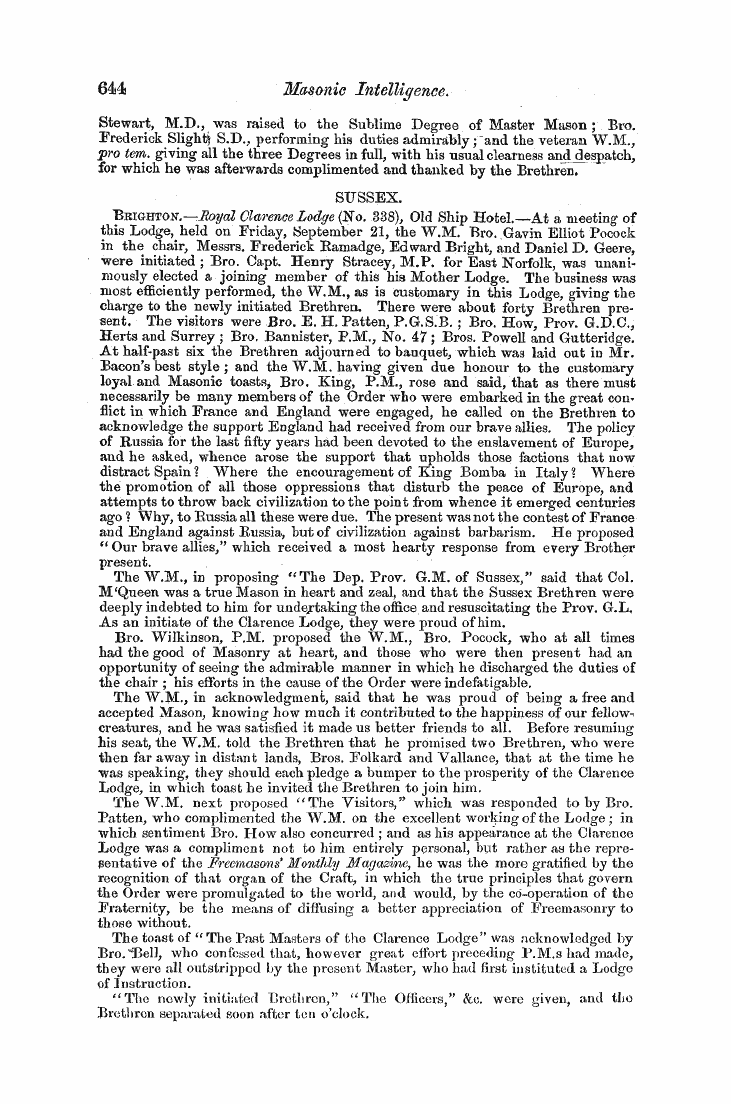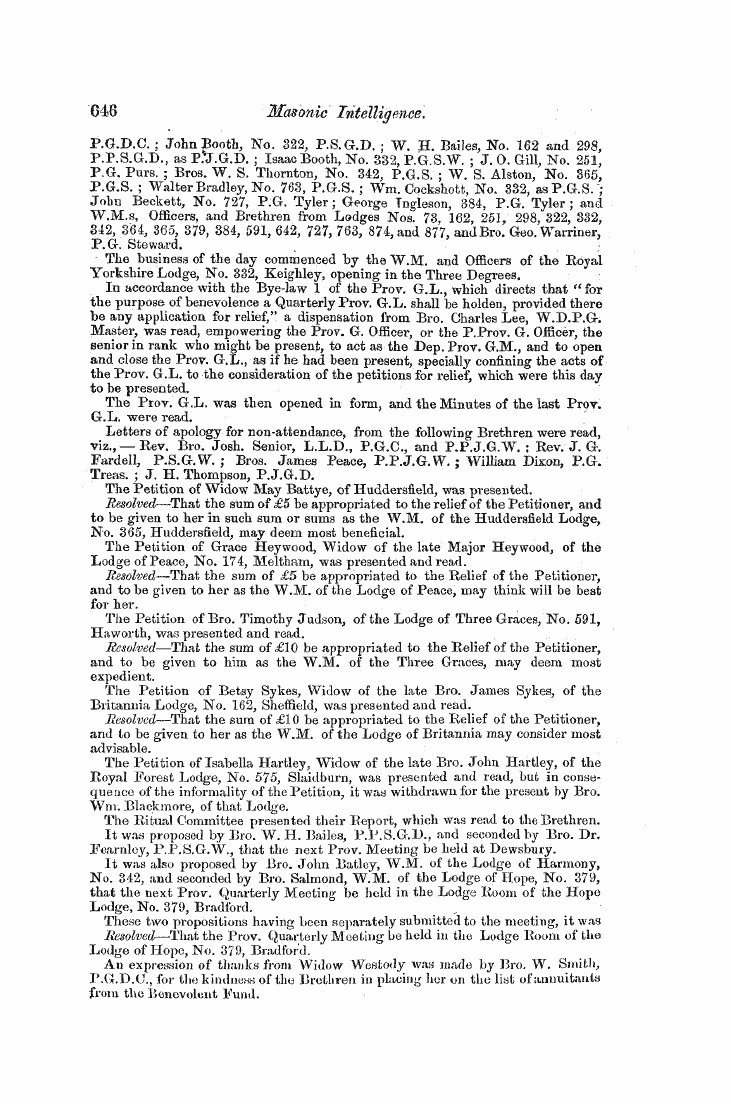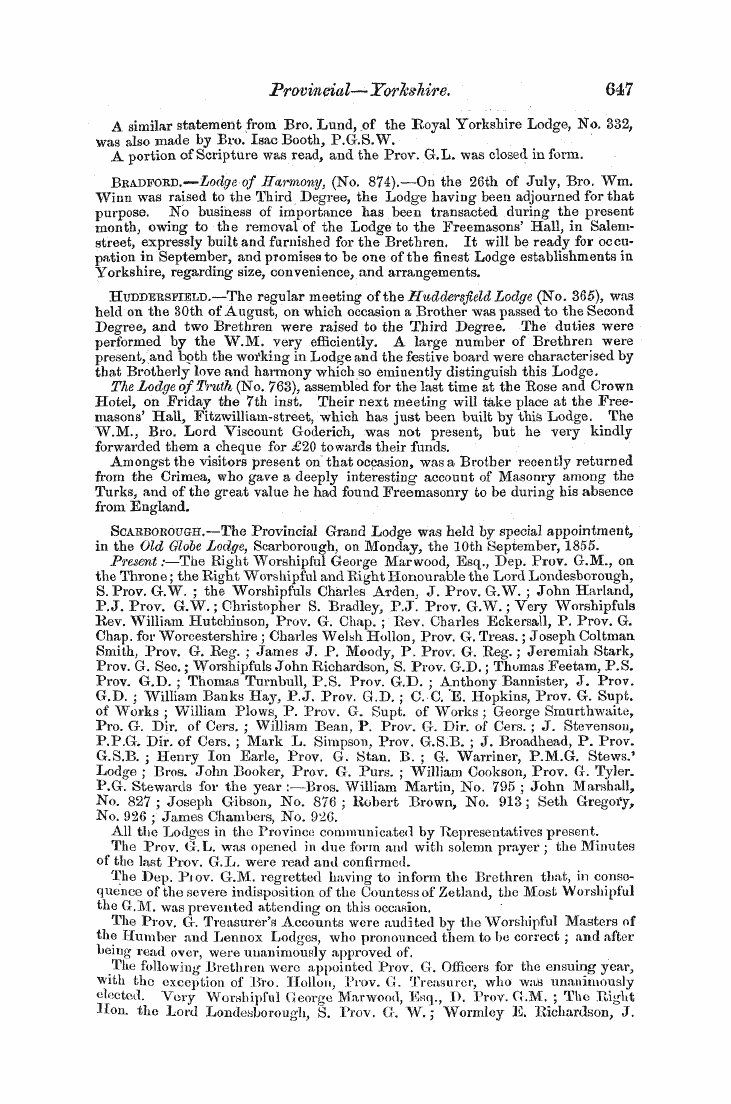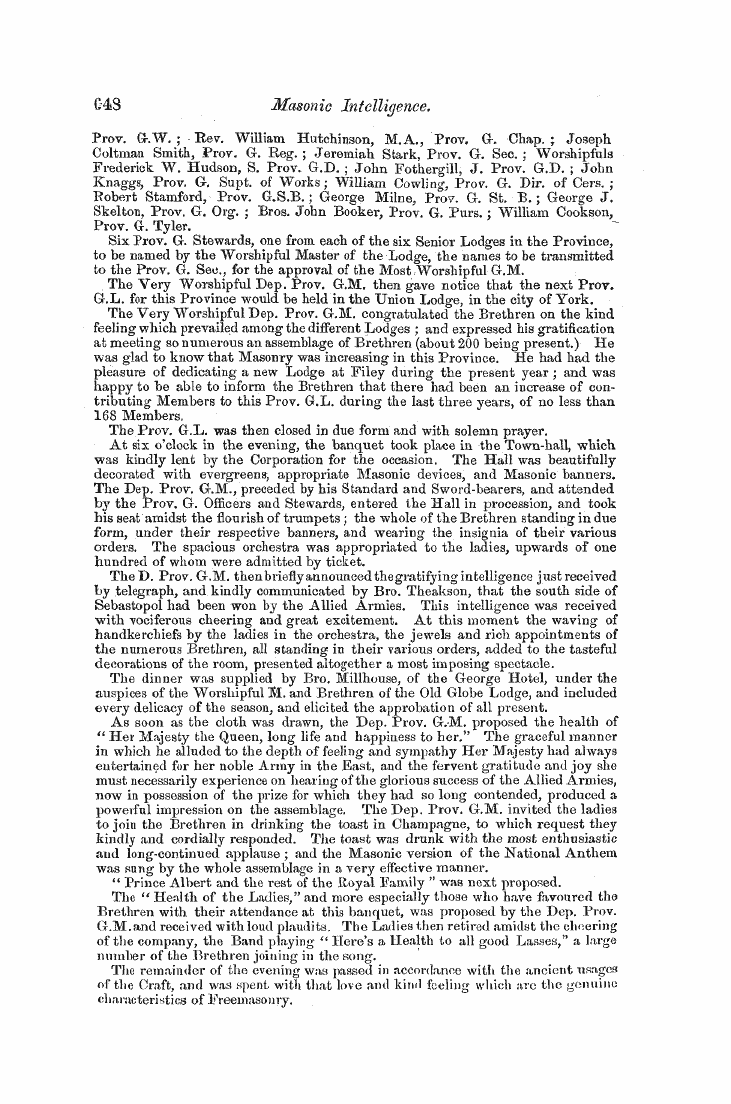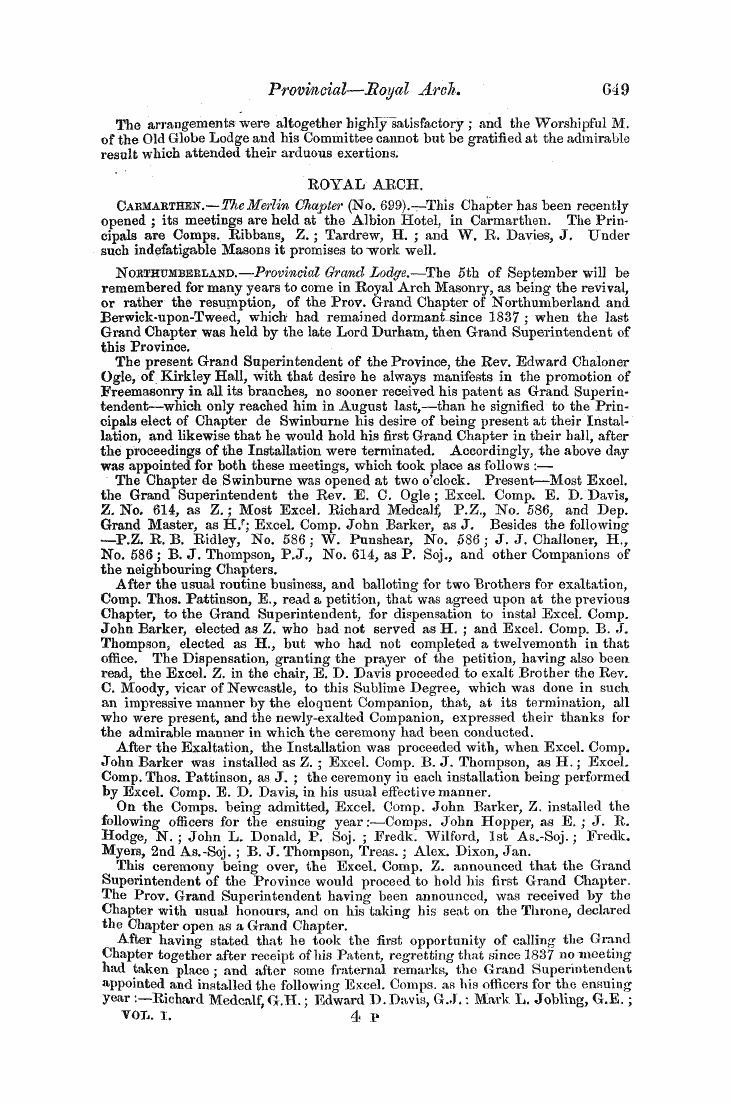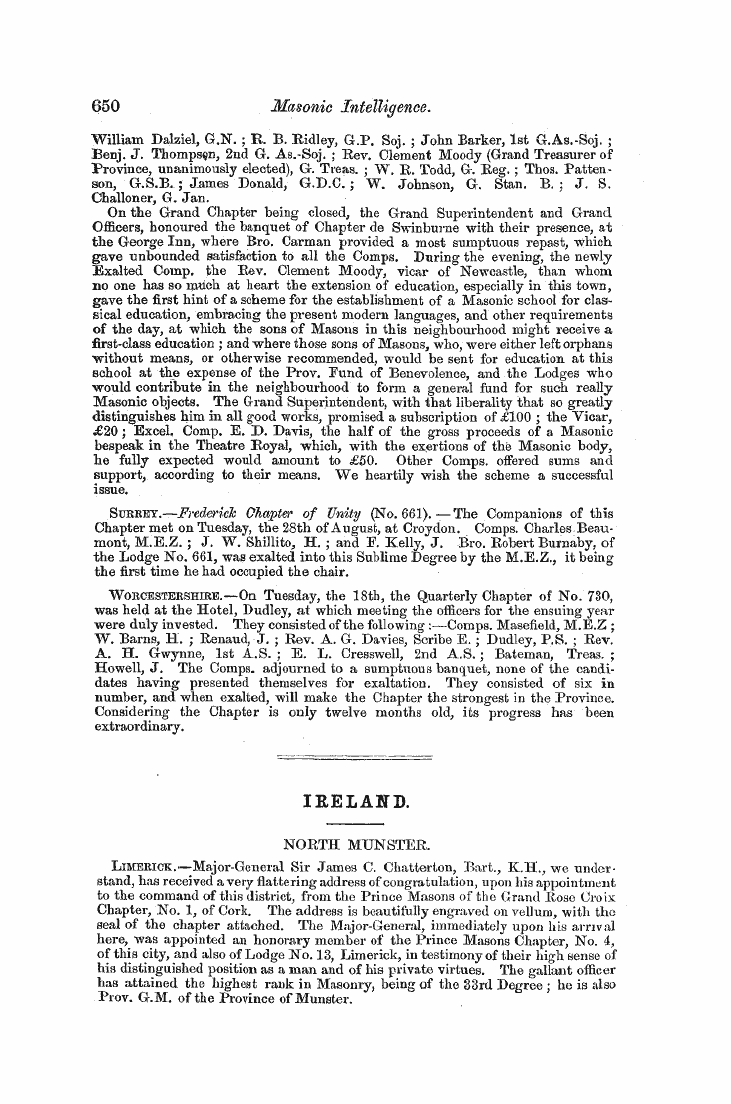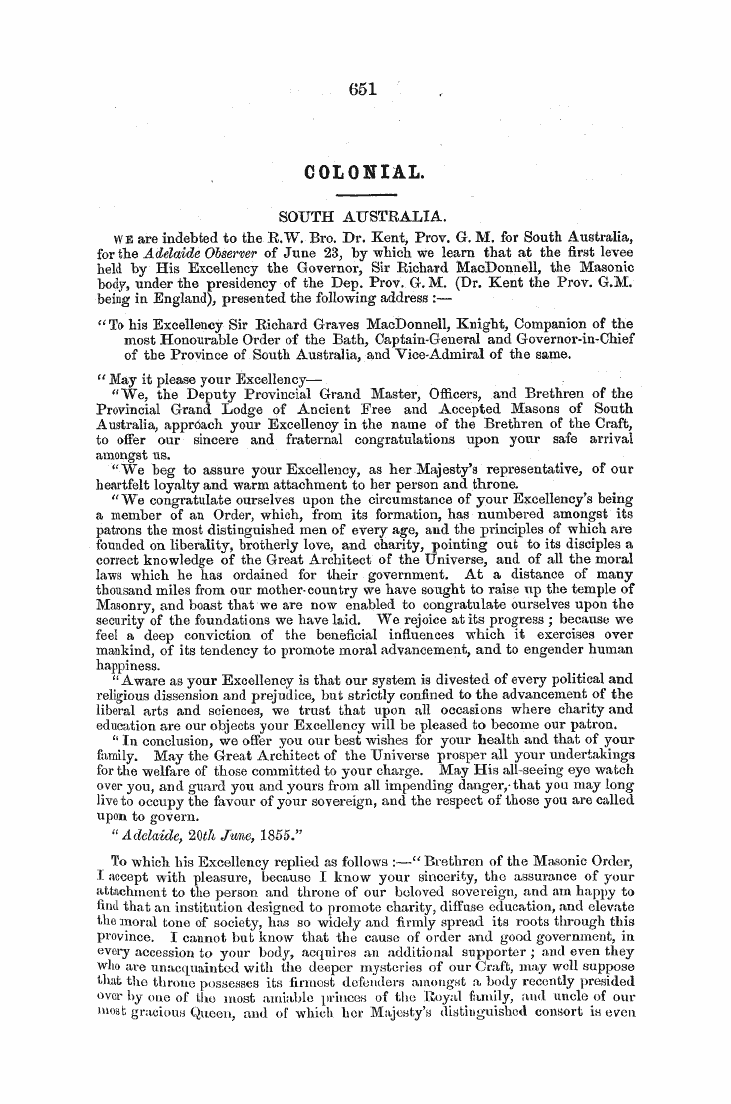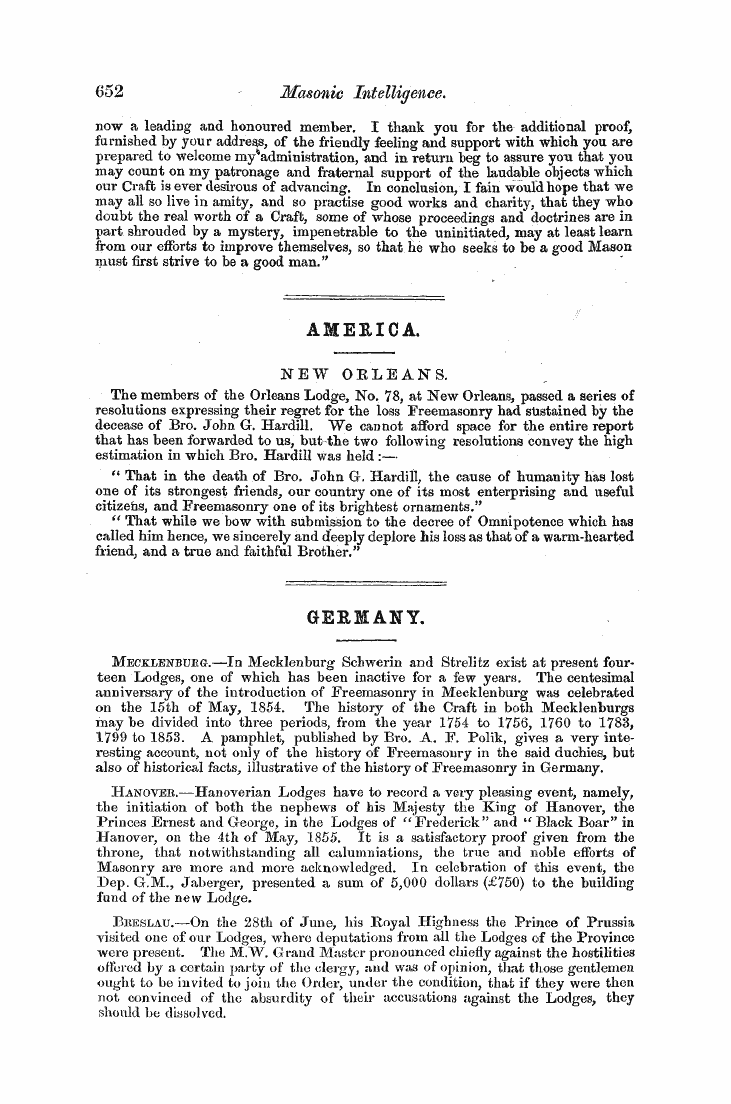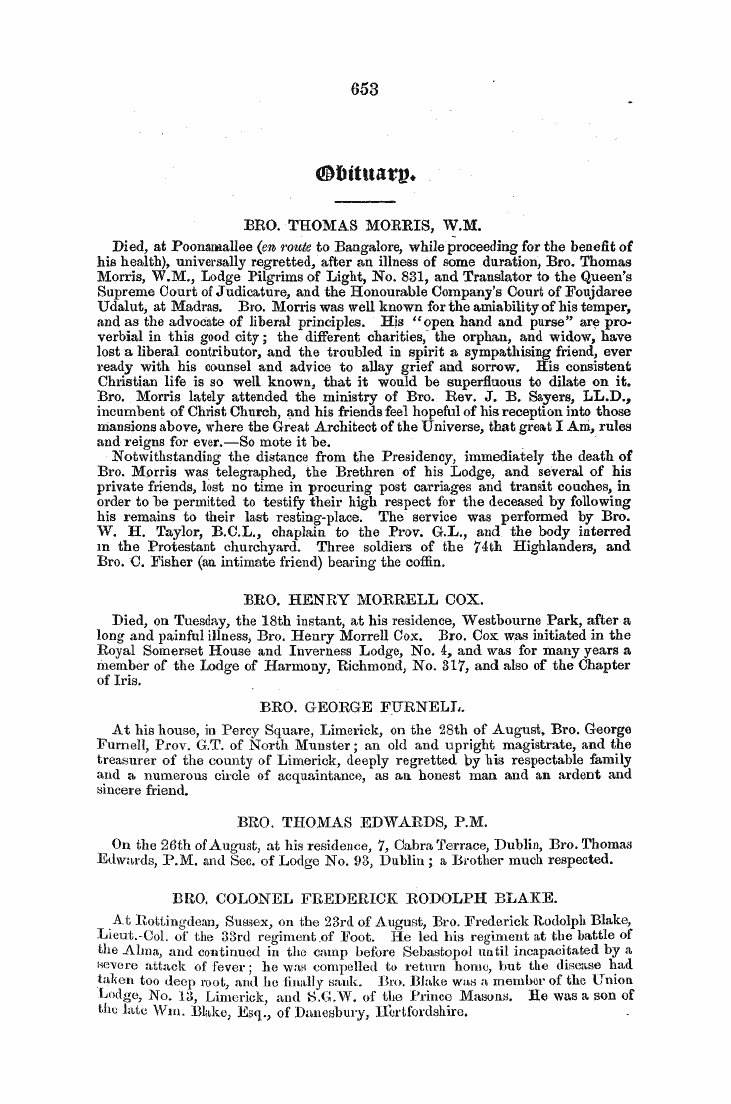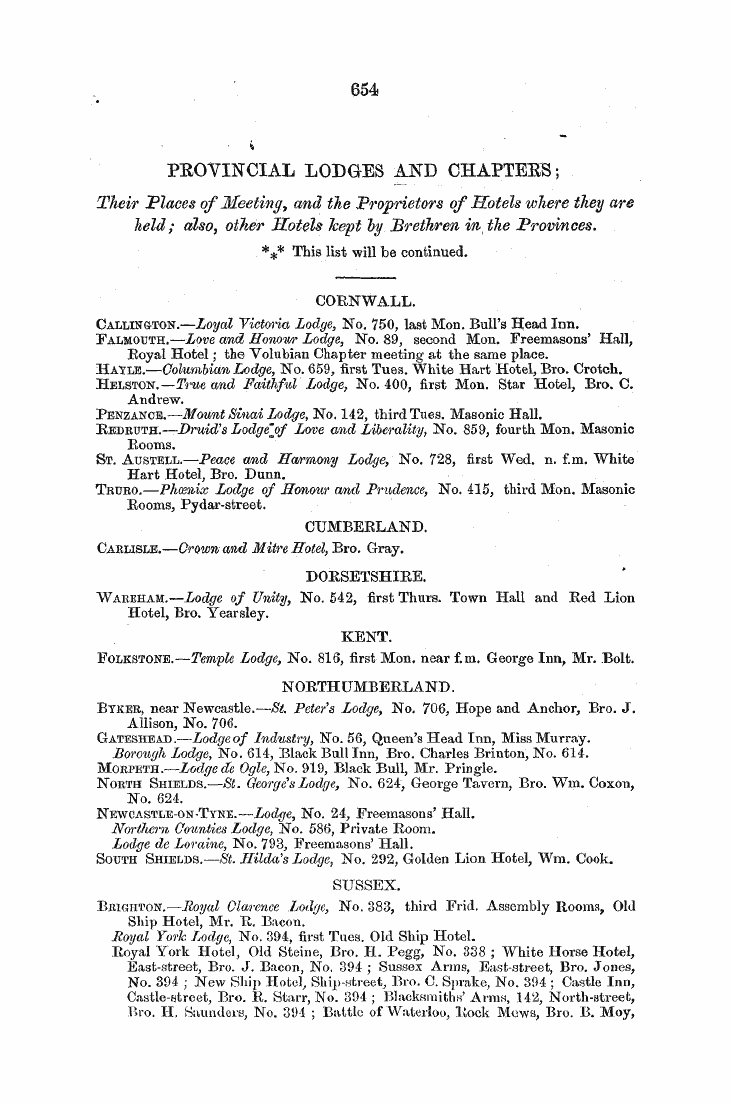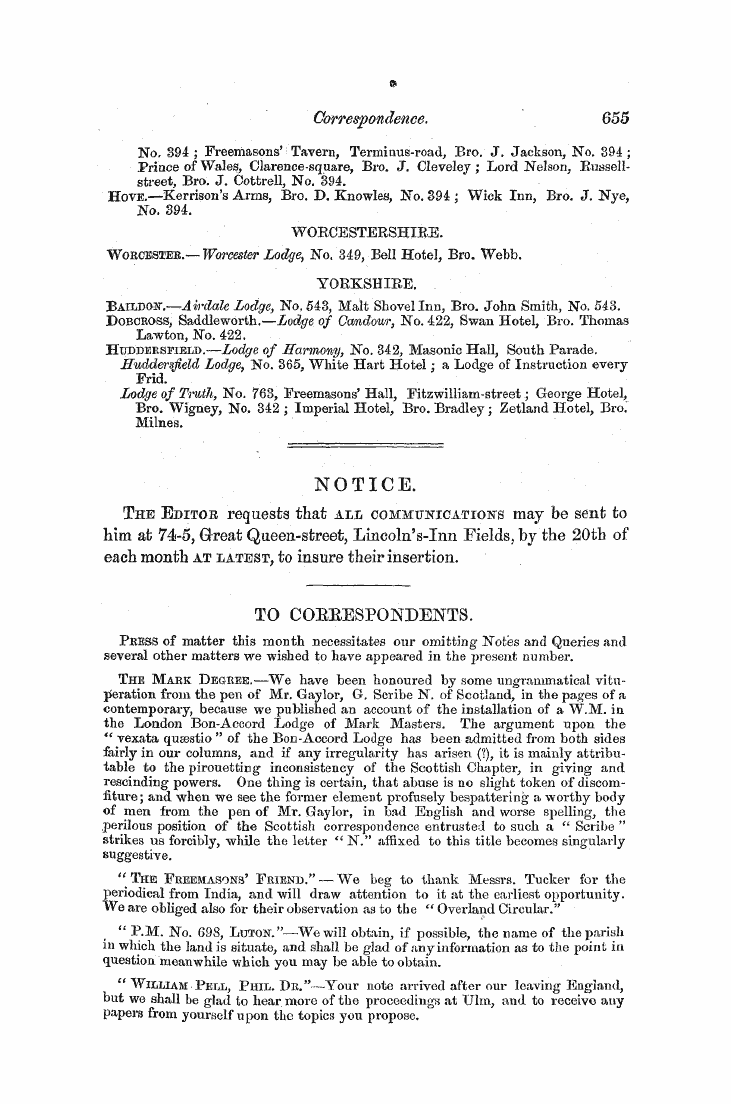-
Articles/Ads
Article ON THE SCARABCEUS. Page 1 of 3 →
Note: This text has been automatically extracted via Optical Character Recognition (OCR) software.
On The Scarabceus.
ON THE SCAKABCETTS .
In every cabinet or Museum of Antiquities , are to be seen numerous collections of stones , such as agate , cornelian , porphyry , or basalt , which are worked into the shape of the scaraboeus or beetle , and have often some device or engraving on the flat surface ; those
of a smaller description have been found in such abundance m Egypt , and occasionally amongst the vestiges and ruins of the ancient Etruscan cities , that it is conjectured they must have served the purpose of a coinage of a small value . This , however , could only refer to those of an inferior size , and not to such as are of a larger
description , which are nowhere met with in equal numbers . Why this insect should have been so generally selected for an object of sculpture , exhibiting so great a variety of execution , is by no means a clear point ; and it may be a matter of some interest to inquire for
what reason any consideration should have been attached to a creature of such comparative insignificance , and how far it may have been connected with the philosophy and mythology of the earlier nations of the world .
Lanzi in his " Saggio di Lingua Etrusca" ( vol . 1 . p . 135 ) , has the following observations on this subject : — " We now say a few words on the scaraboeus , which has served as a model for the form of a vast number of Etruscan sculptured stones , of which the figure is here represented .
They are generally pierced through with a hole lengthways , so that they may be strung on a thread or small cord , and thus worn as an amulet ; or by means of a rivet , they may be fixed or set , so as to serve the purpose of a ring or signet . This description of su perstition is derived from Egypt , where the scaraboeus was held by many as an object of divine worship , * and was universally considered a s ymbol of the moon and the sun . f It was supposed to be emblematical of manly strength and vigour , from the received opinion that these insects were solely of the male species ,: } : and from thence were held to be particularly adapted to form the subject of the ring or signet used by the military class . Thus , according
* Vide Plin . Nat . Hist . L . xxx . c . 21 . + One species was commonly employed as a symbol of the sun or of the world . Vide Kenrick ' s Ancient Egypt , vol . i , p . 92 . t Plutarch says , £ i the scaraboeus , which was an emblem of Ptah , had no disti notion of sex . " Vide . Kenrick ' s Ancient Egypt , vol . i . p . 382 .
A The scaraboeus with the back uppermost . B The scaraboeus in profile .
Note: This text has been automatically extracted via Optical Character Recognition (OCR) software.
On The Scarabceus.
ON THE SCAKABCETTS .
In every cabinet or Museum of Antiquities , are to be seen numerous collections of stones , such as agate , cornelian , porphyry , or basalt , which are worked into the shape of the scaraboeus or beetle , and have often some device or engraving on the flat surface ; those
of a smaller description have been found in such abundance m Egypt , and occasionally amongst the vestiges and ruins of the ancient Etruscan cities , that it is conjectured they must have served the purpose of a coinage of a small value . This , however , could only refer to those of an inferior size , and not to such as are of a larger
description , which are nowhere met with in equal numbers . Why this insect should have been so generally selected for an object of sculpture , exhibiting so great a variety of execution , is by no means a clear point ; and it may be a matter of some interest to inquire for
what reason any consideration should have been attached to a creature of such comparative insignificance , and how far it may have been connected with the philosophy and mythology of the earlier nations of the world .
Lanzi in his " Saggio di Lingua Etrusca" ( vol . 1 . p . 135 ) , has the following observations on this subject : — " We now say a few words on the scaraboeus , which has served as a model for the form of a vast number of Etruscan sculptured stones , of which the figure is here represented .
They are generally pierced through with a hole lengthways , so that they may be strung on a thread or small cord , and thus worn as an amulet ; or by means of a rivet , they may be fixed or set , so as to serve the purpose of a ring or signet . This description of su perstition is derived from Egypt , where the scaraboeus was held by many as an object of divine worship , * and was universally considered a s ymbol of the moon and the sun . f It was supposed to be emblematical of manly strength and vigour , from the received opinion that these insects were solely of the male species ,: } : and from thence were held to be particularly adapted to form the subject of the ring or signet used by the military class . Thus , according
* Vide Plin . Nat . Hist . L . xxx . c . 21 . + One species was commonly employed as a symbol of the sun or of the world . Vide Kenrick ' s Ancient Egypt , vol . i , p . 92 . t Plutarch says , £ i the scaraboeus , which was an emblem of Ptah , had no disti notion of sex . " Vide . Kenrick ' s Ancient Egypt , vol . i . p . 382 .
A The scaraboeus with the back uppermost . B The scaraboeus in profile .
